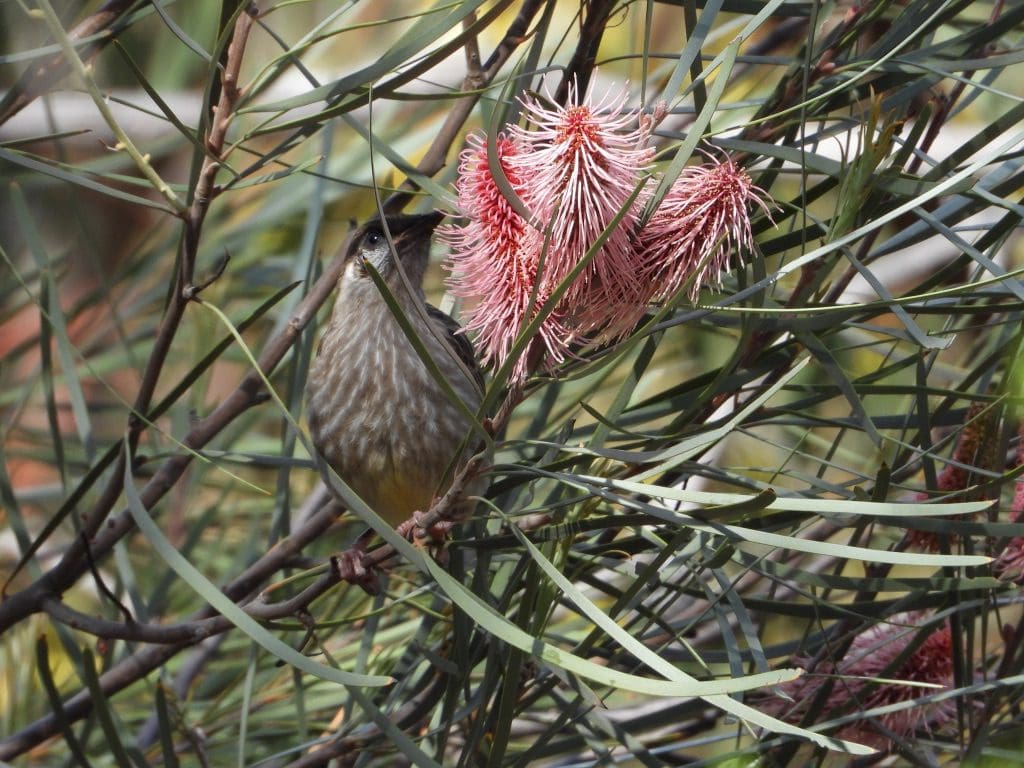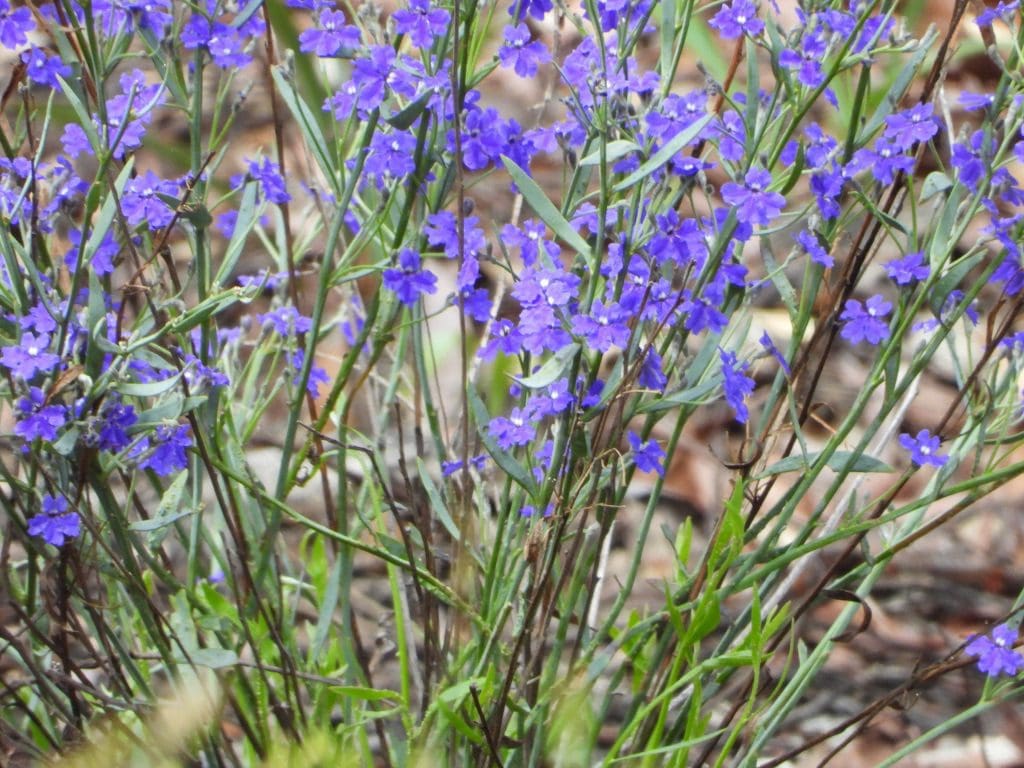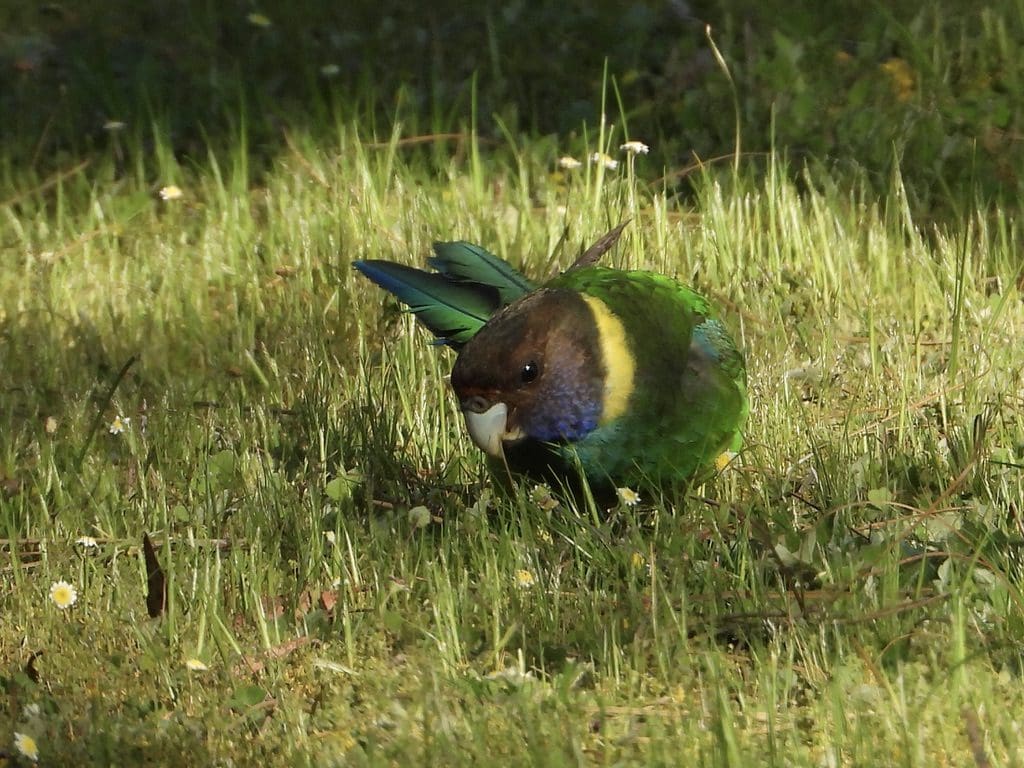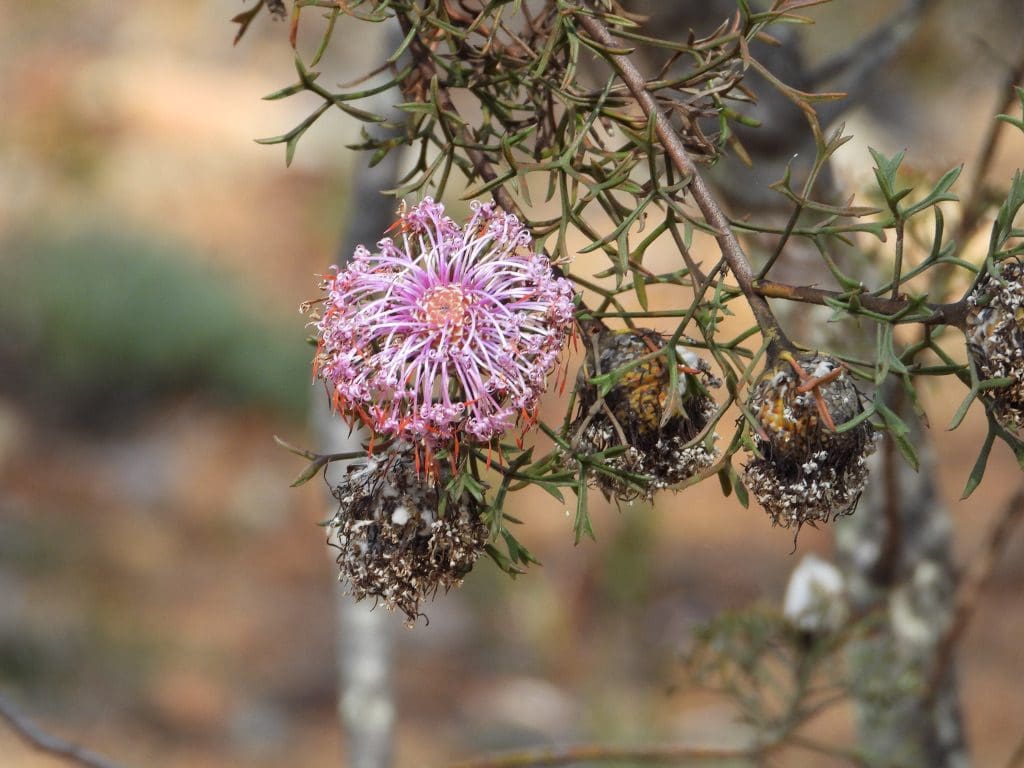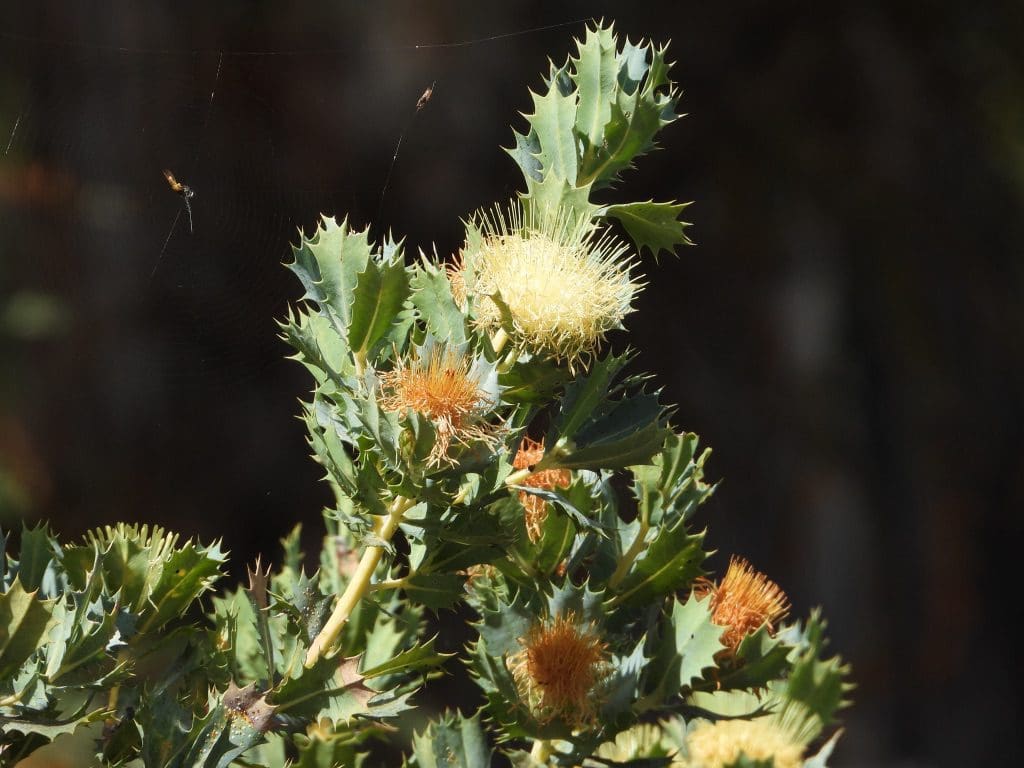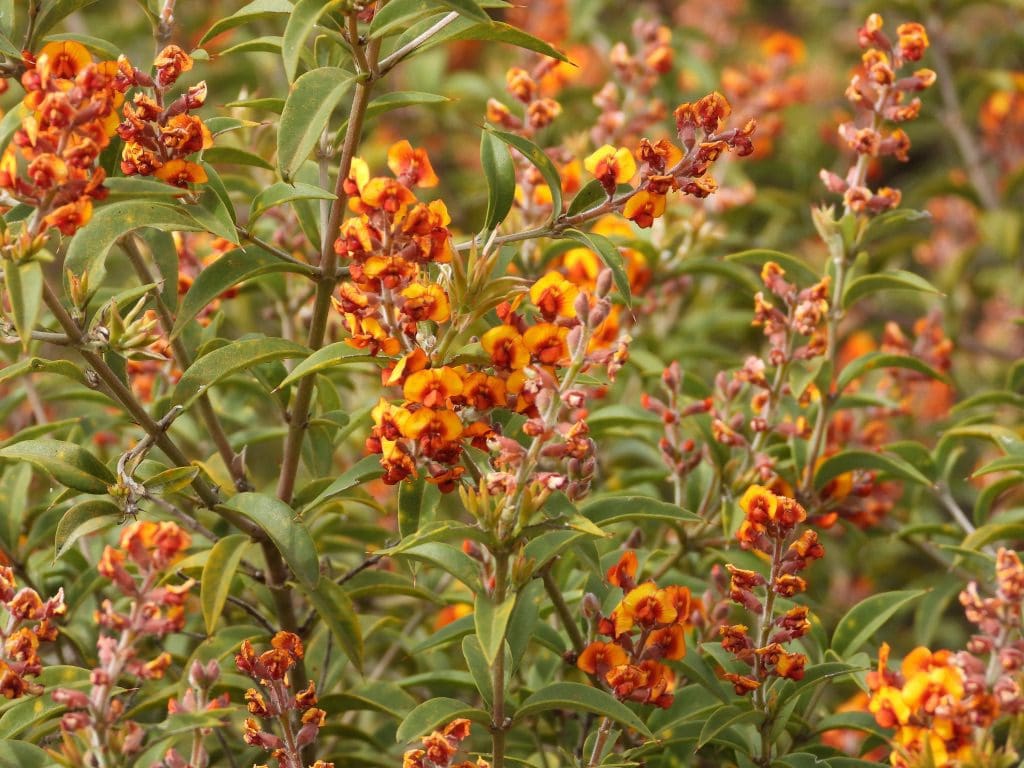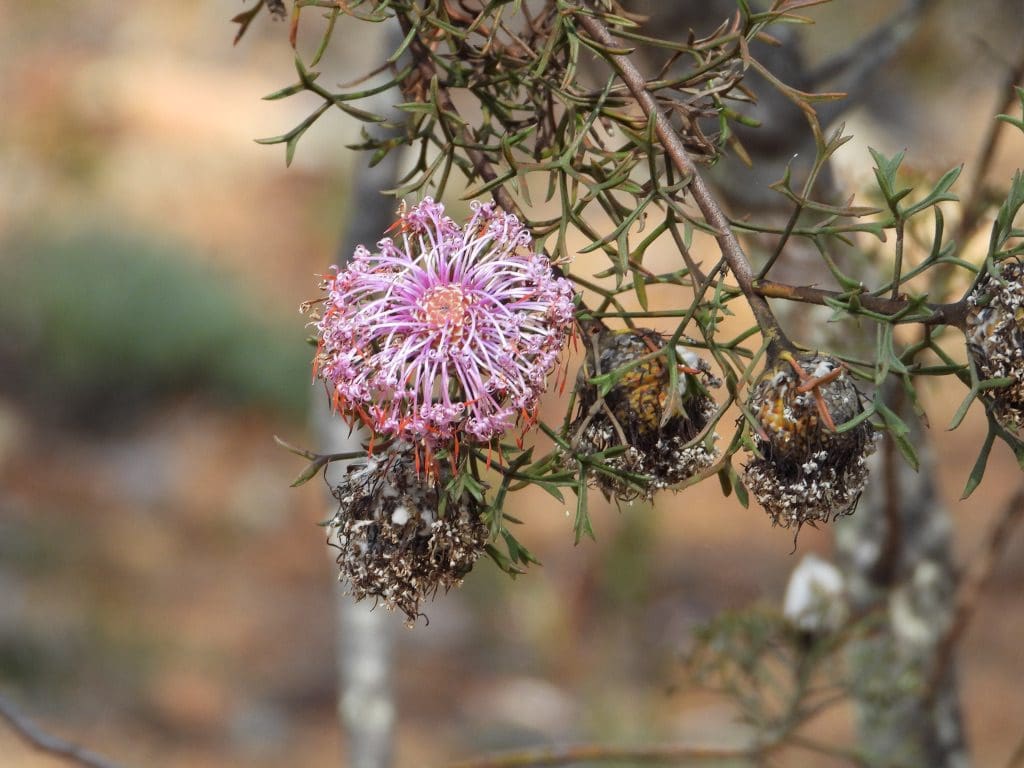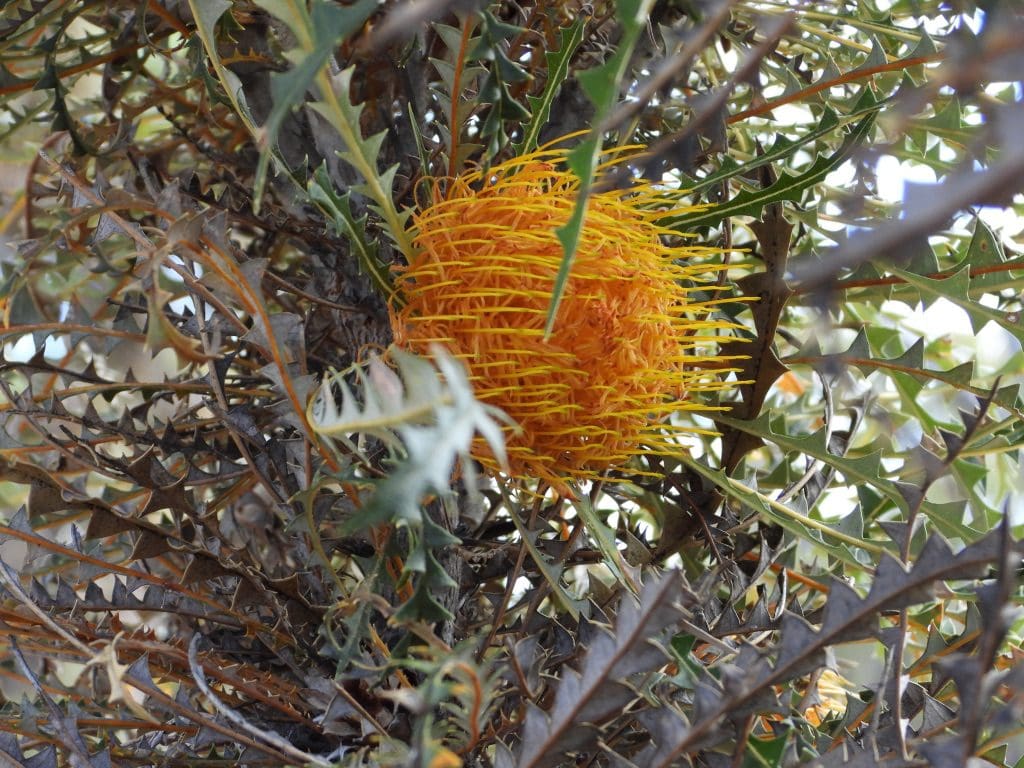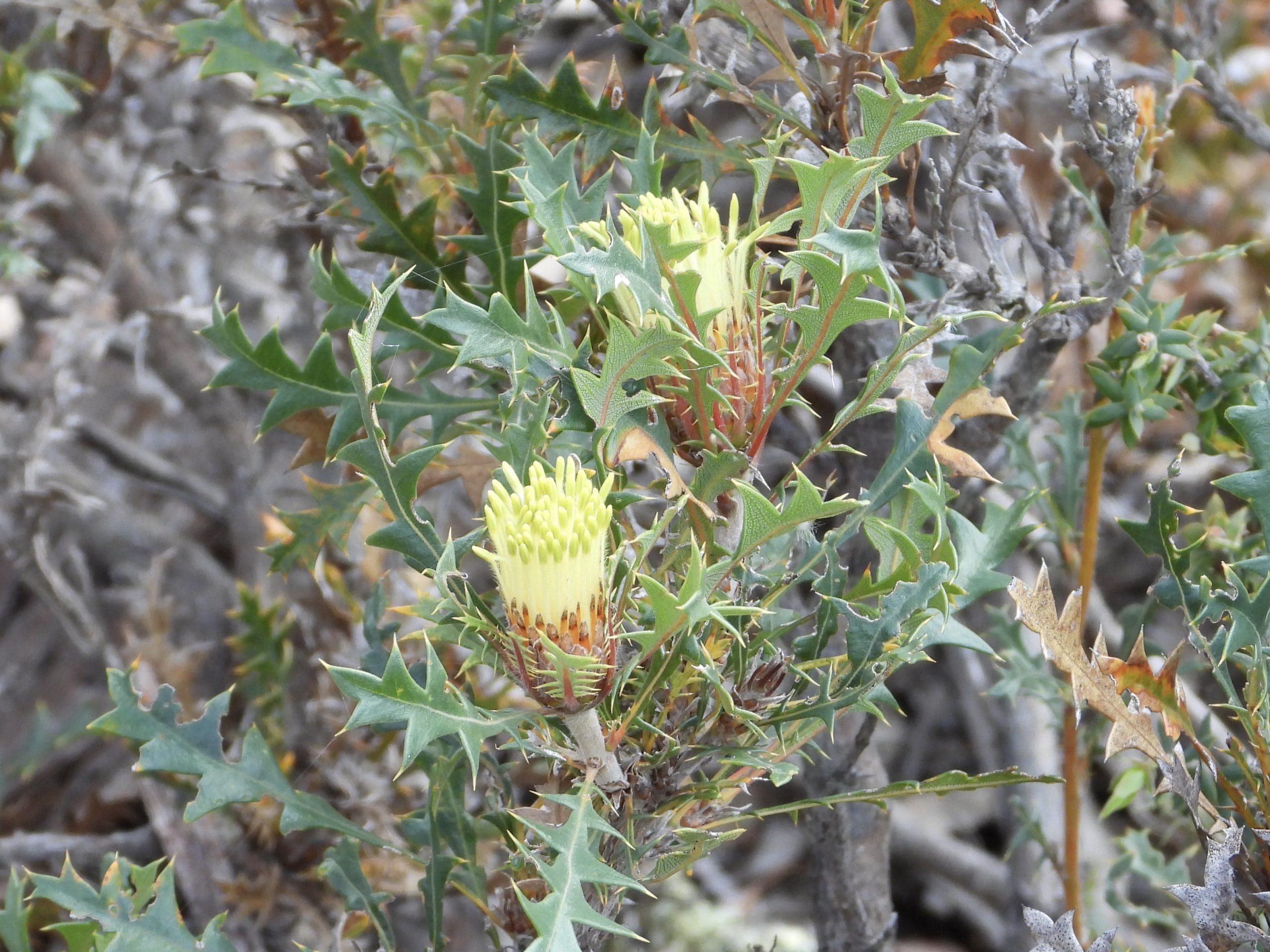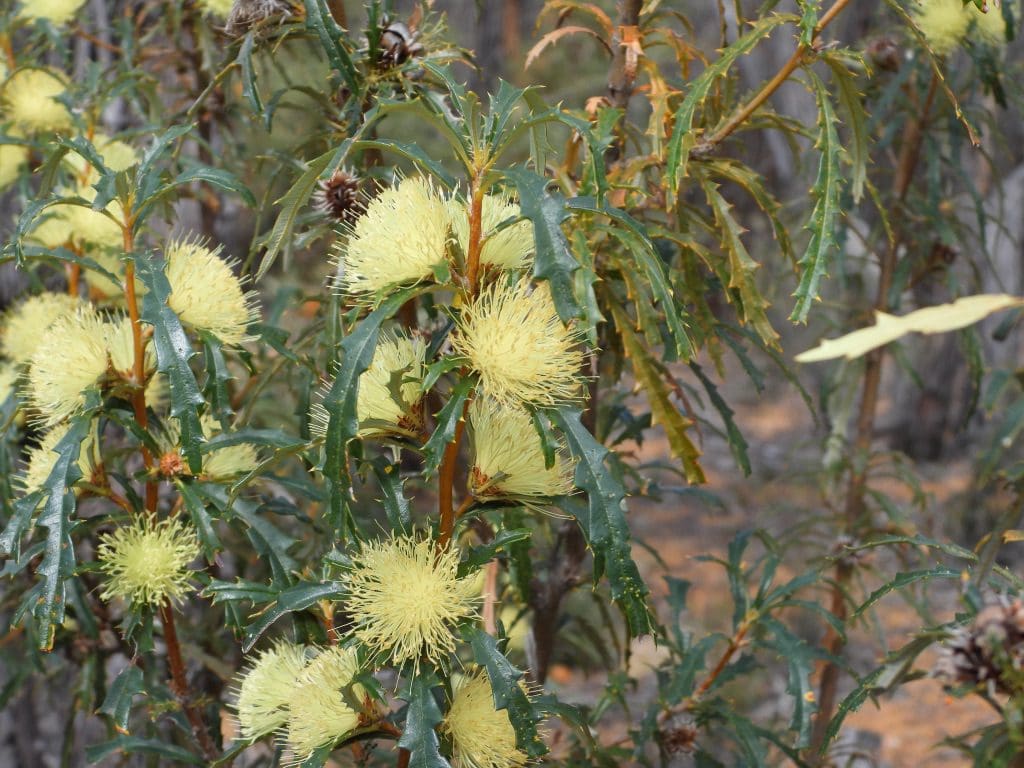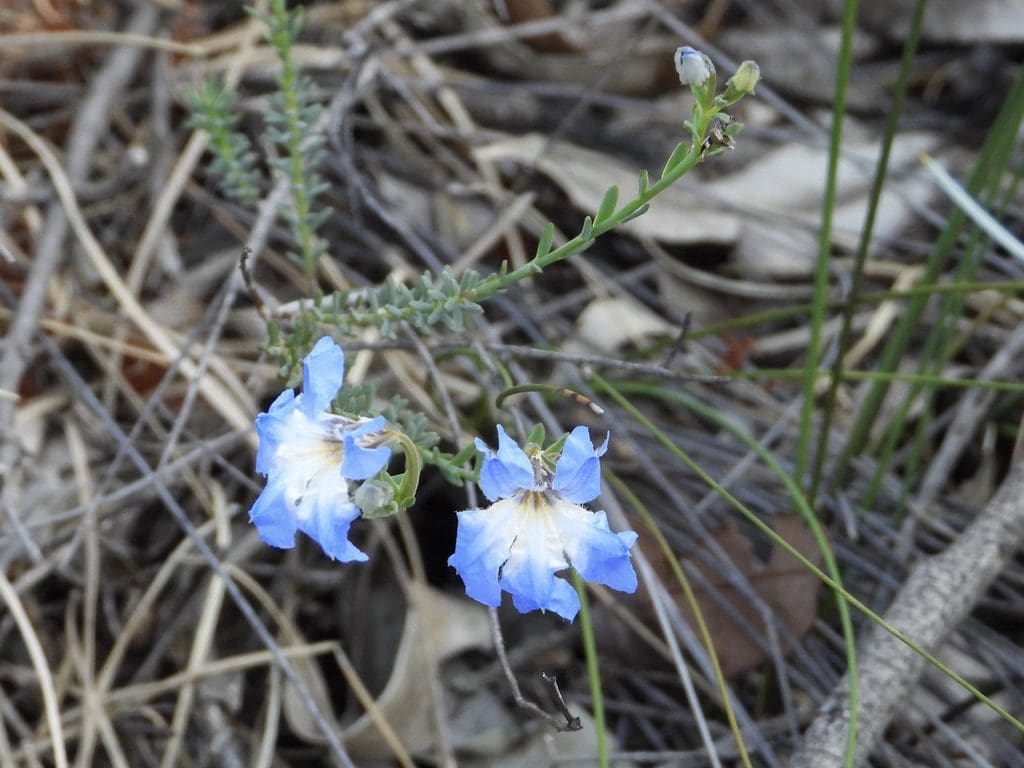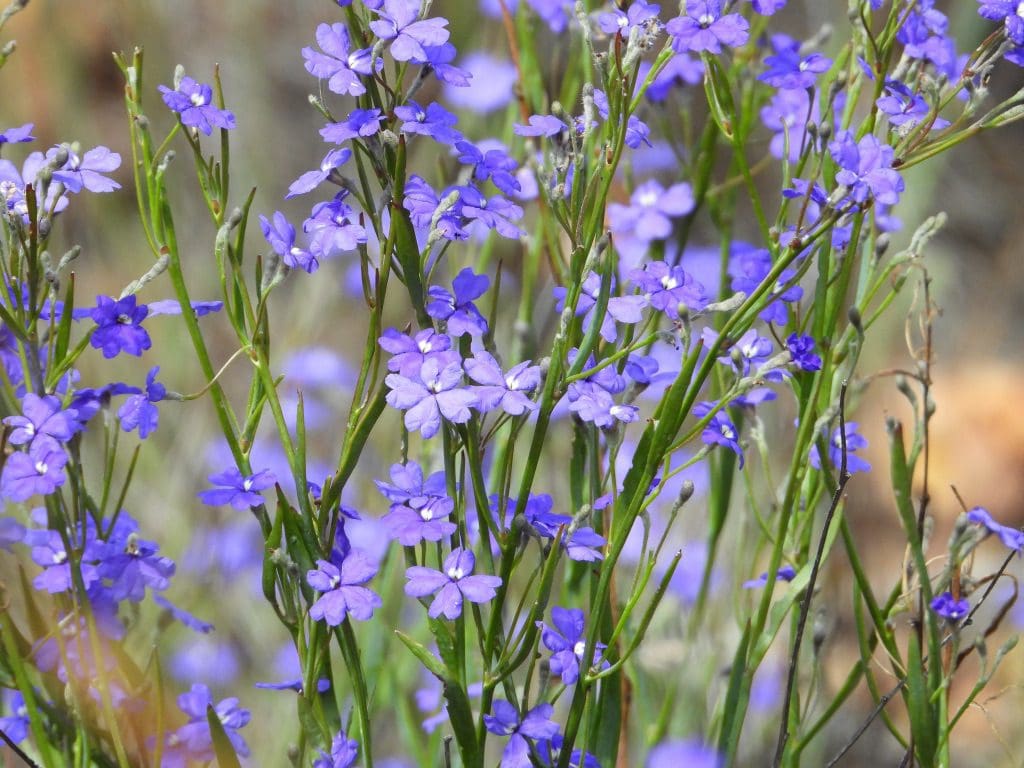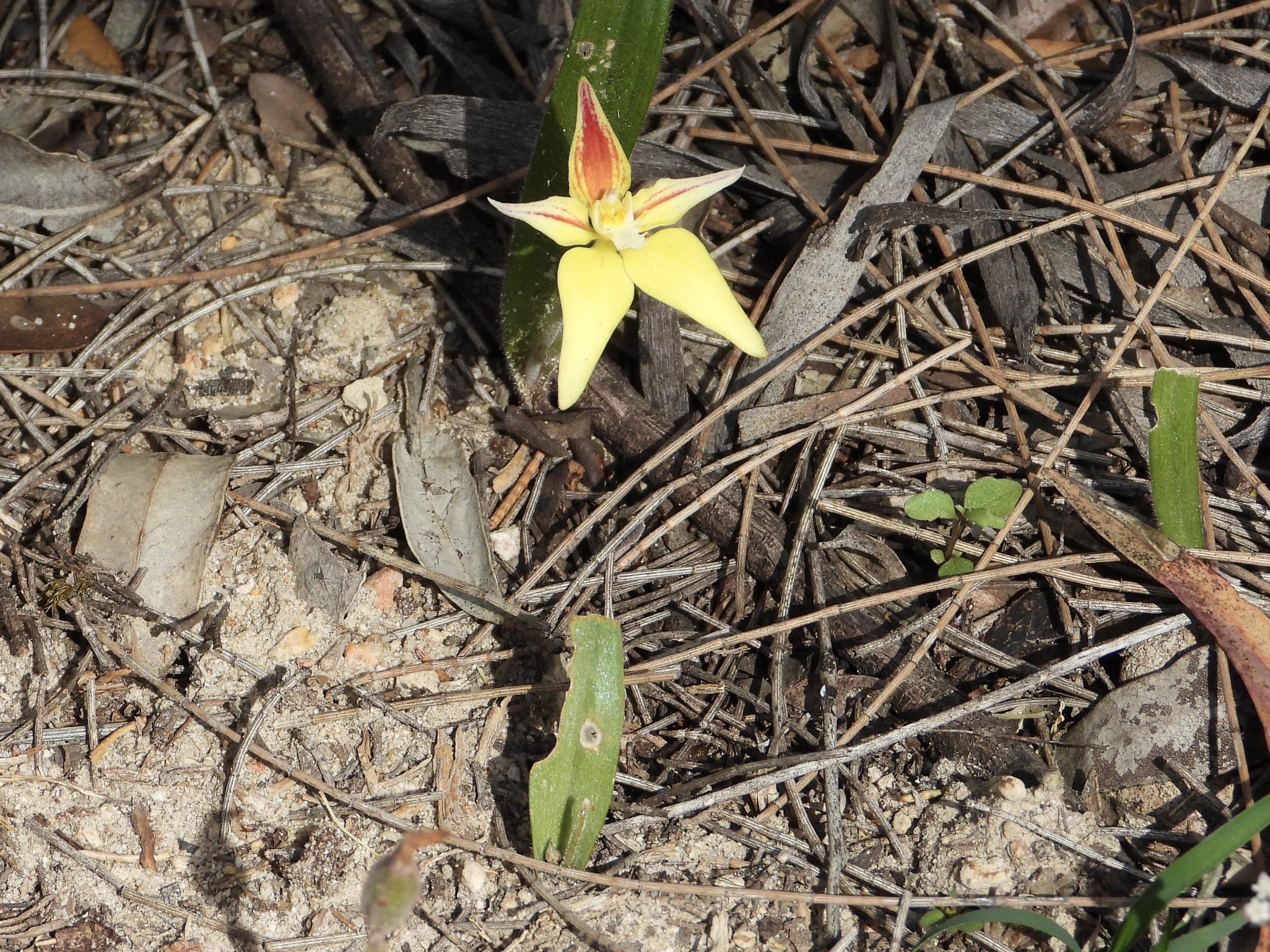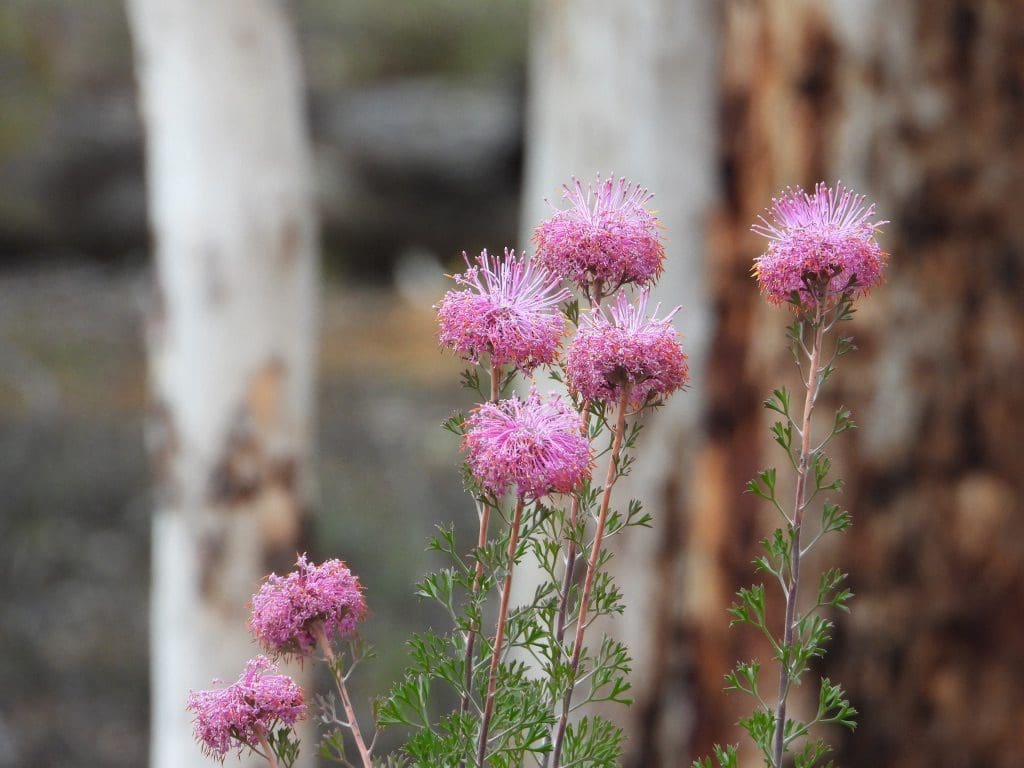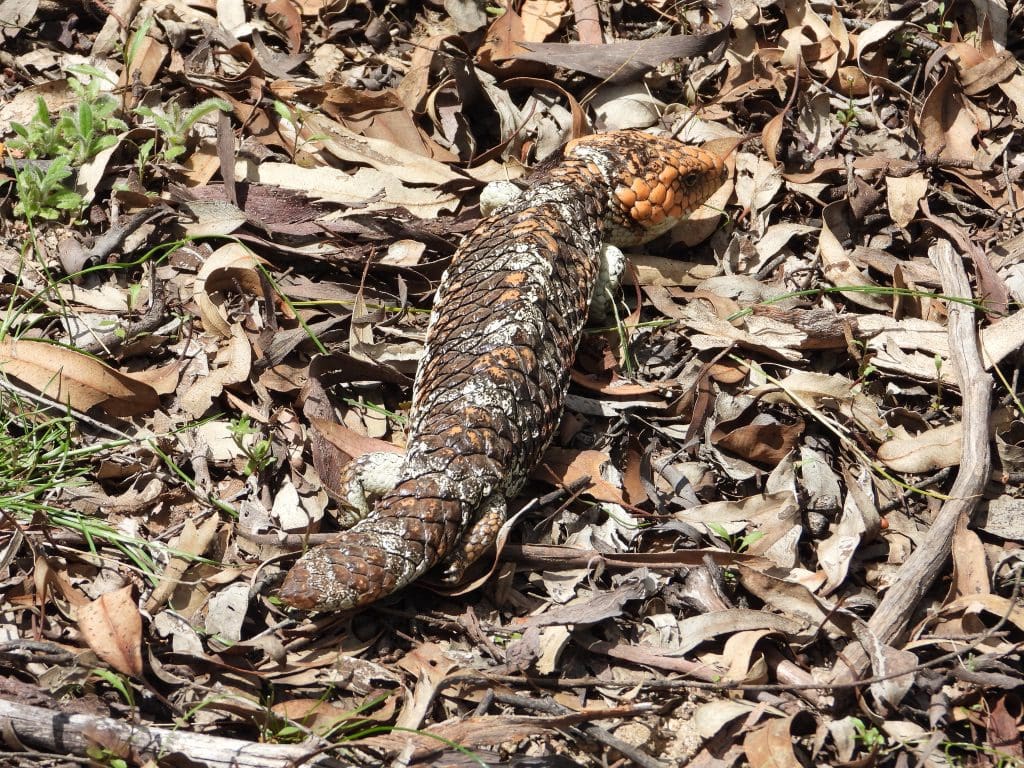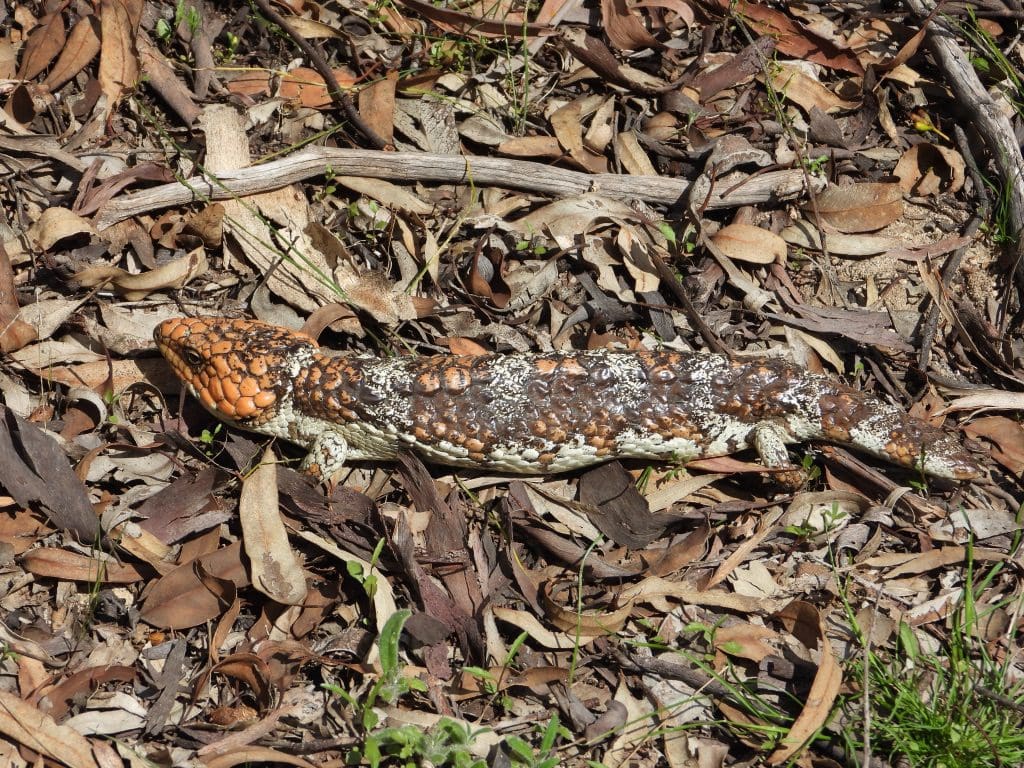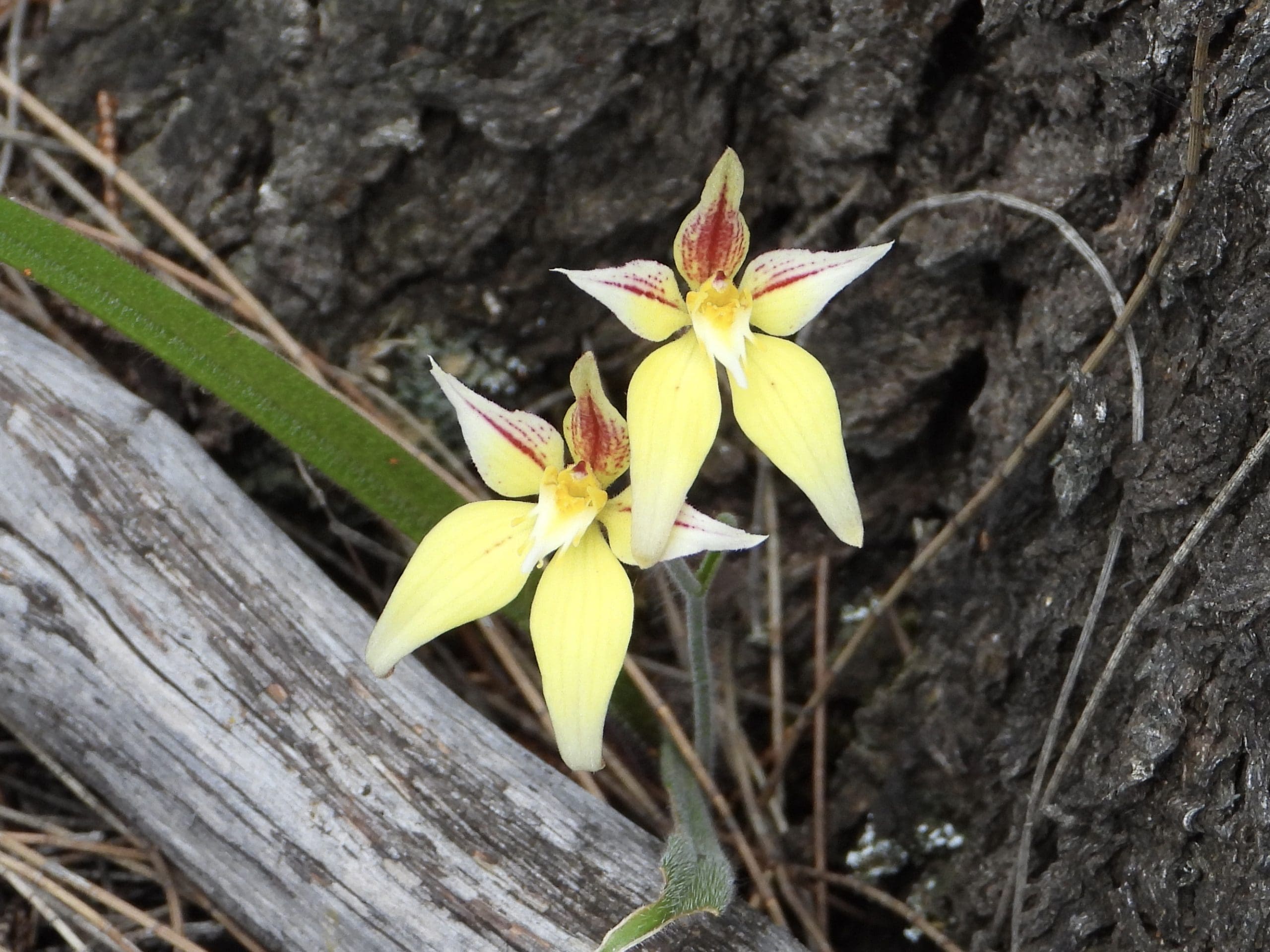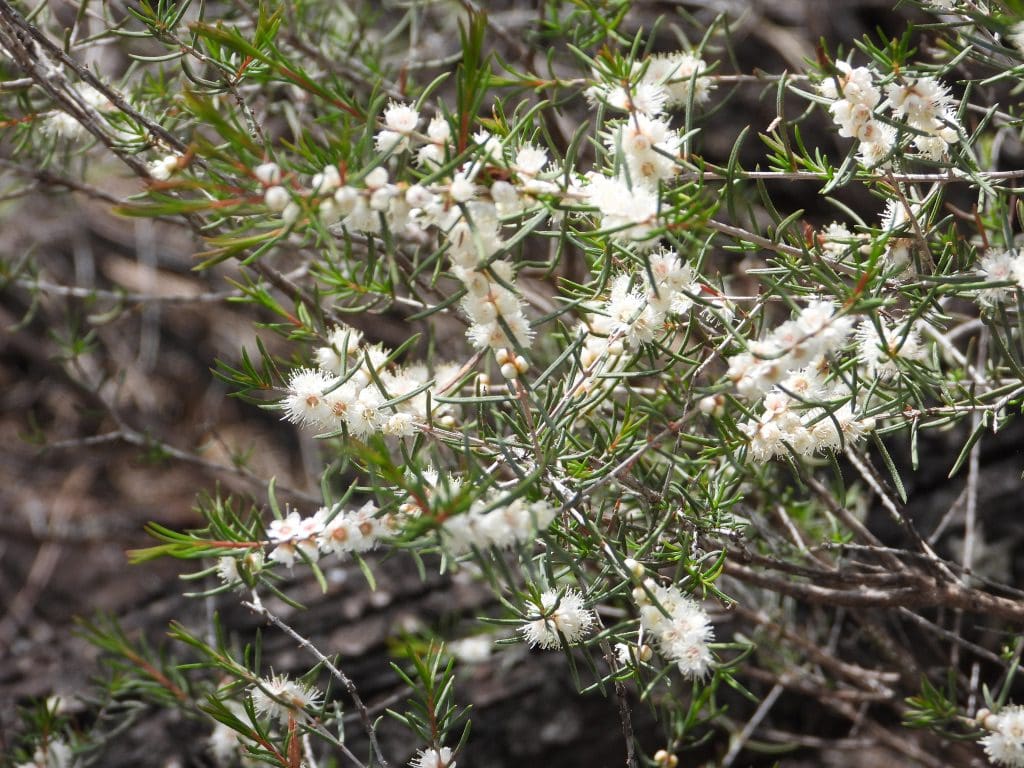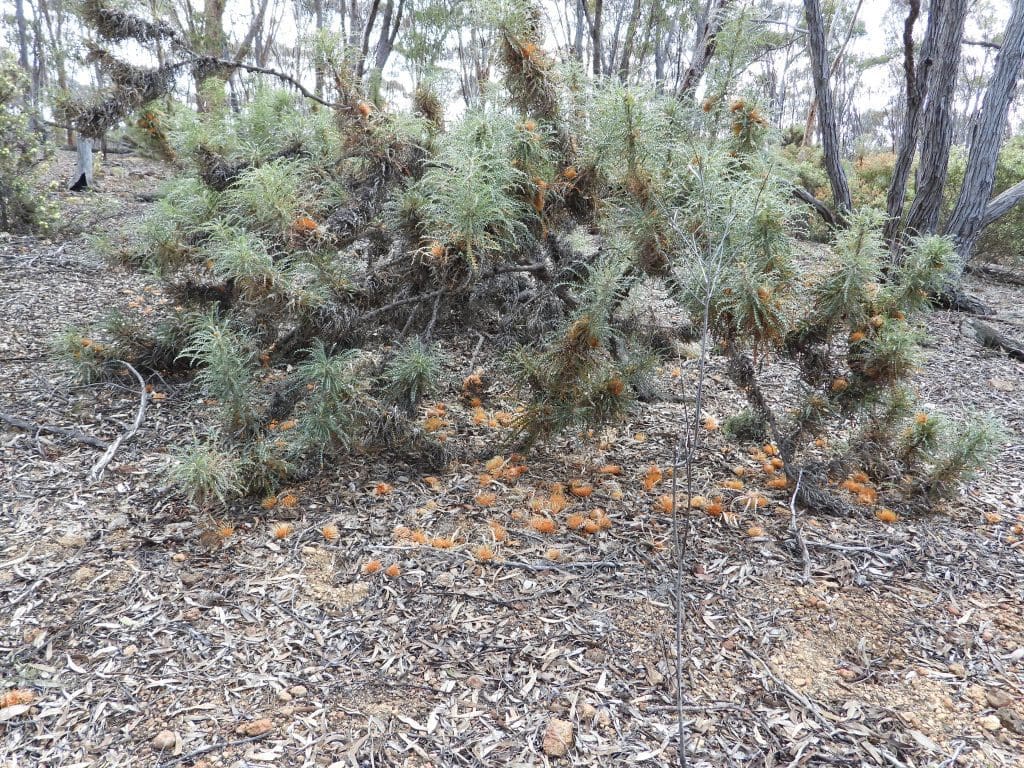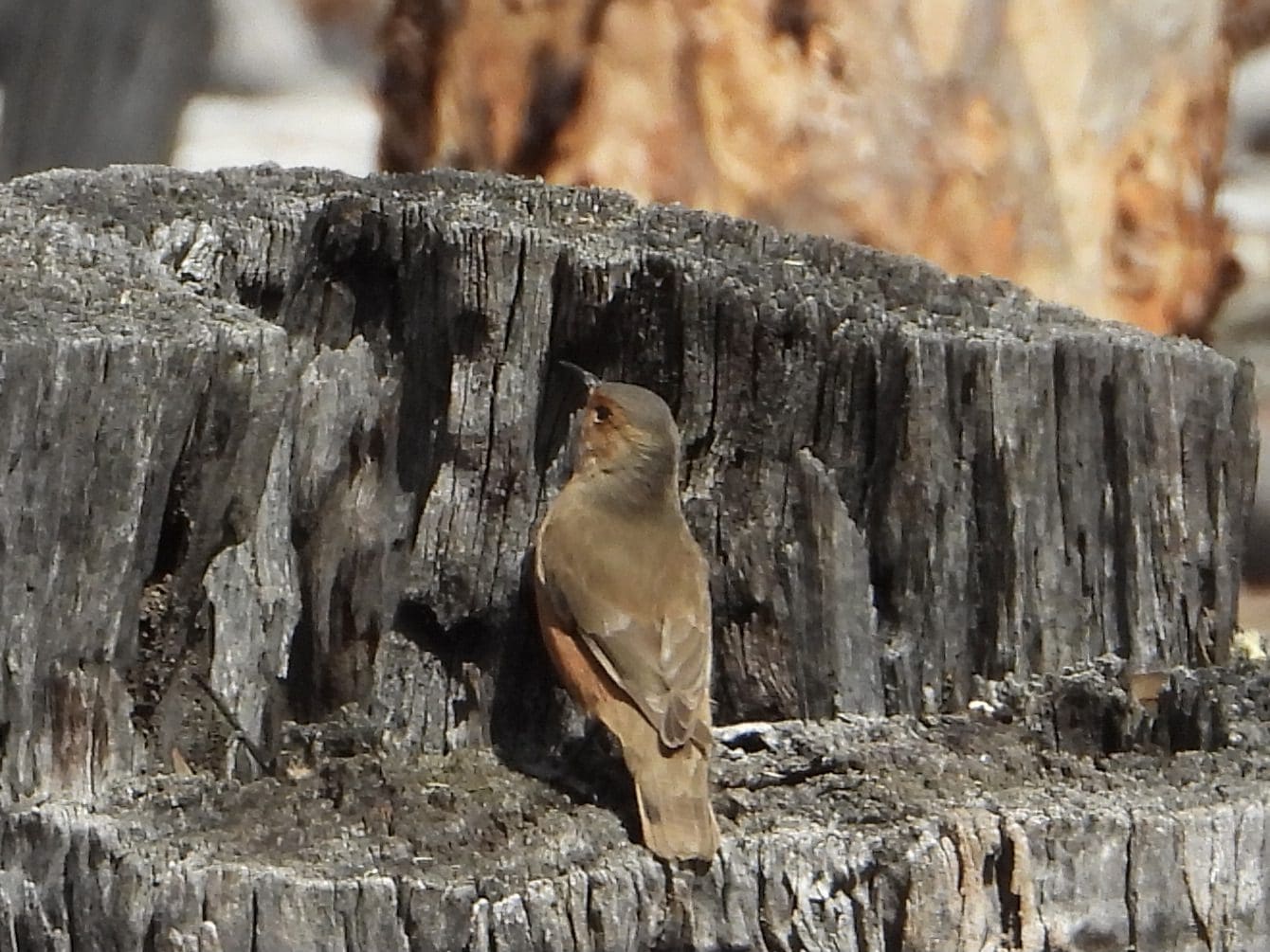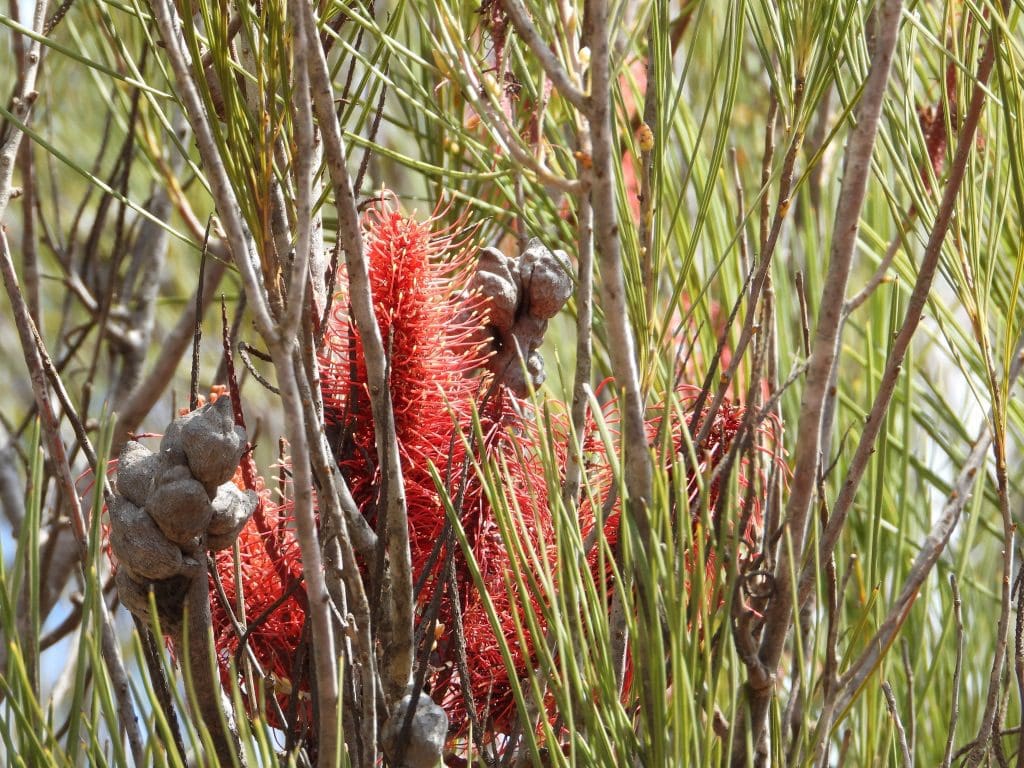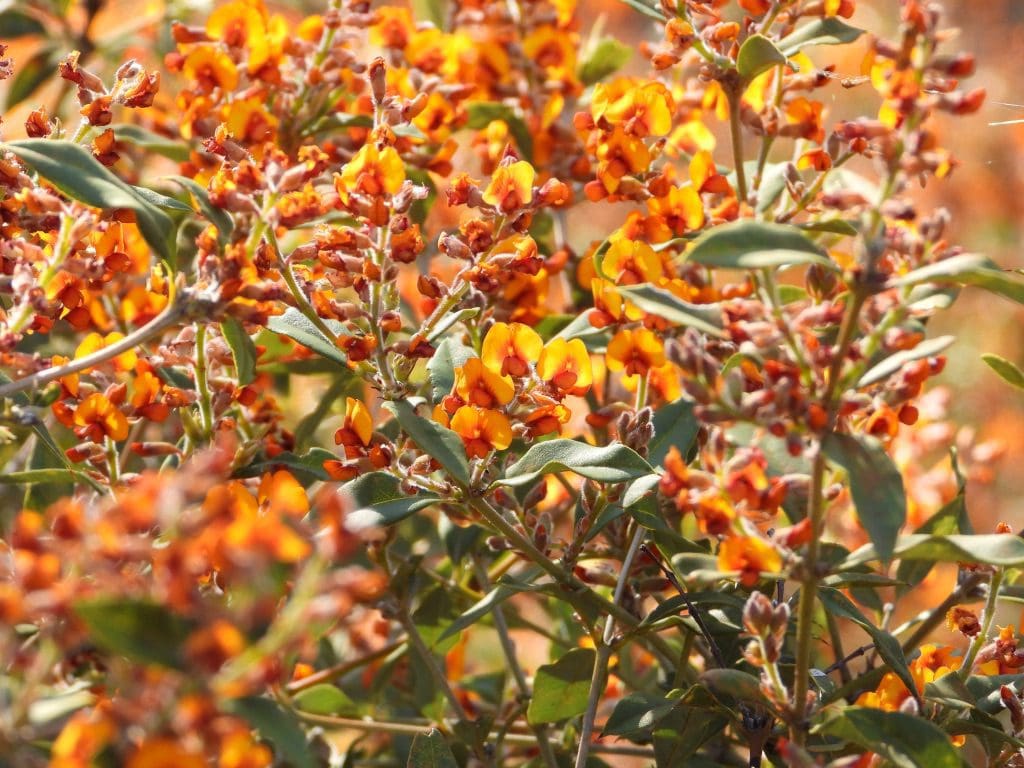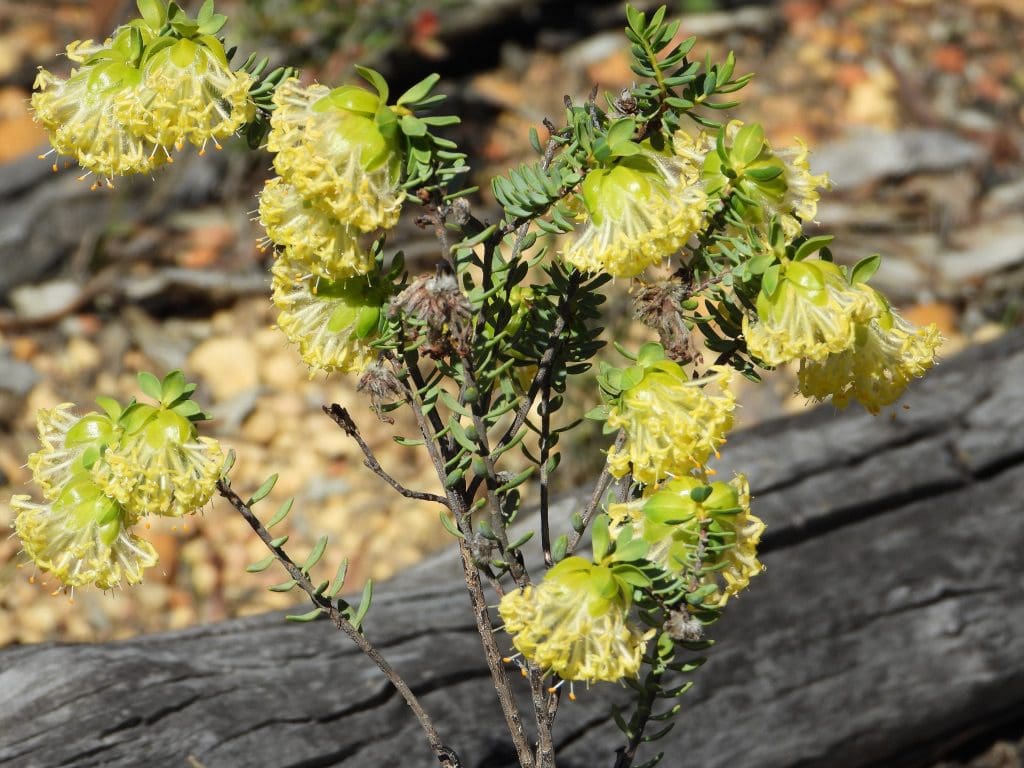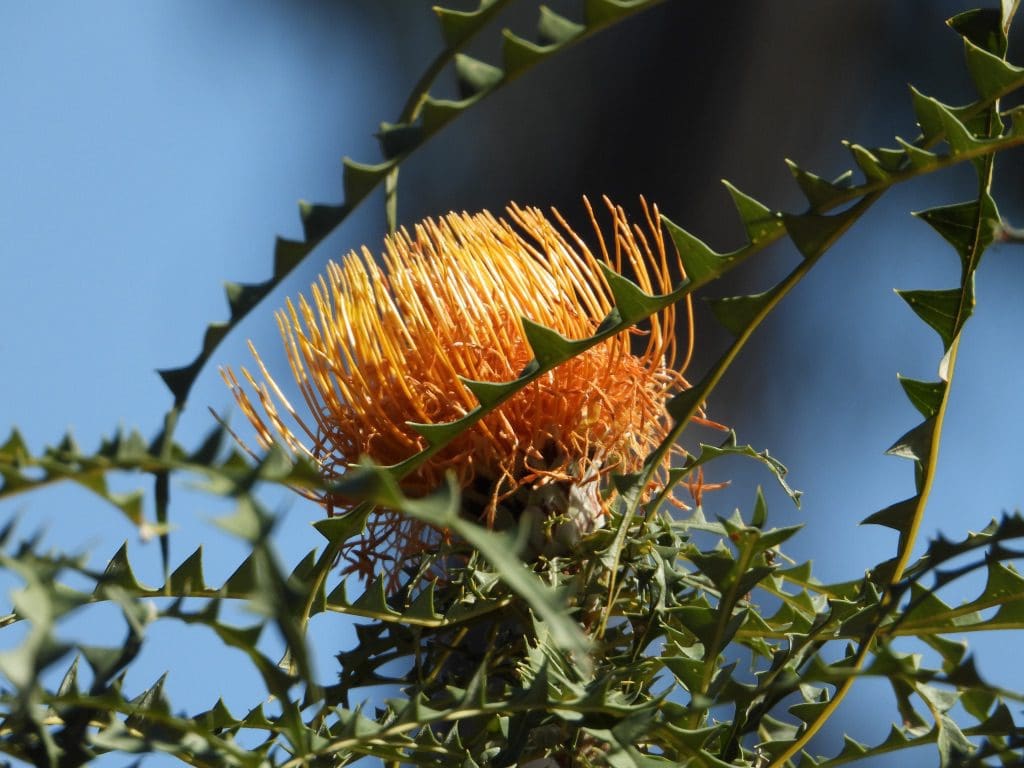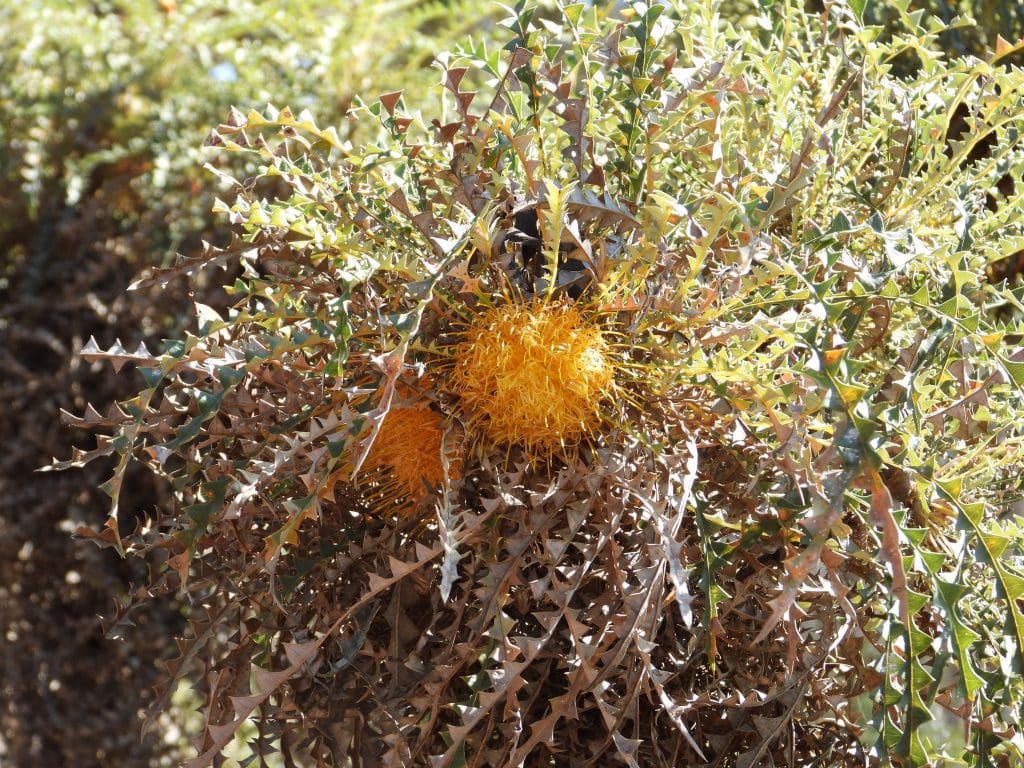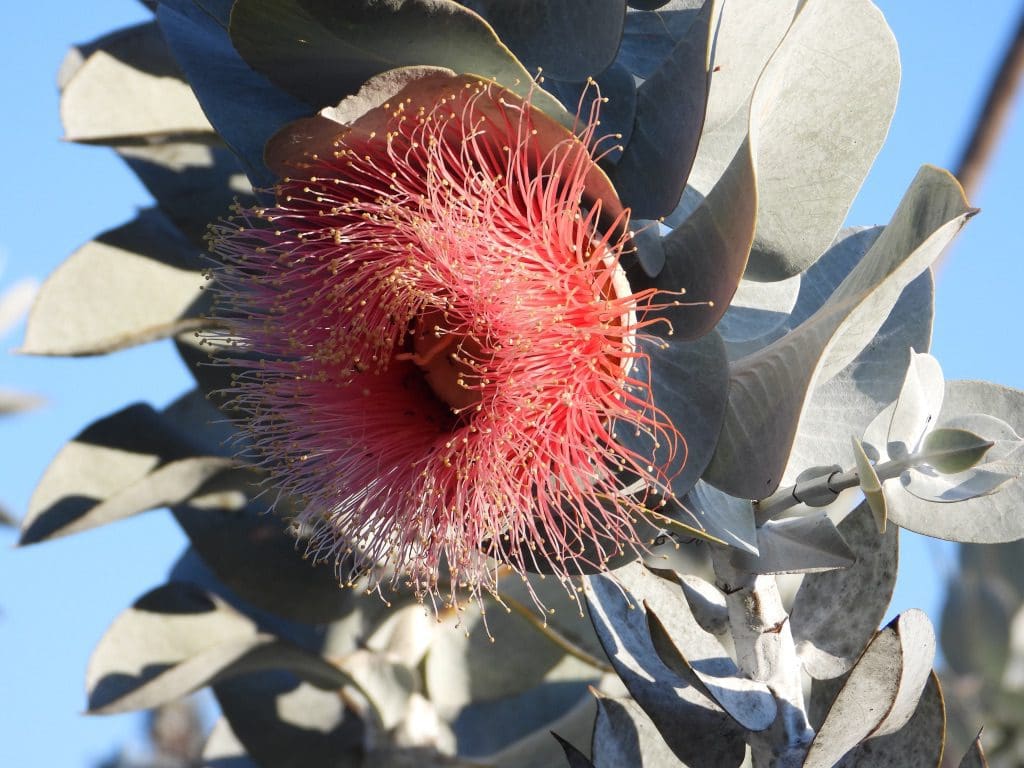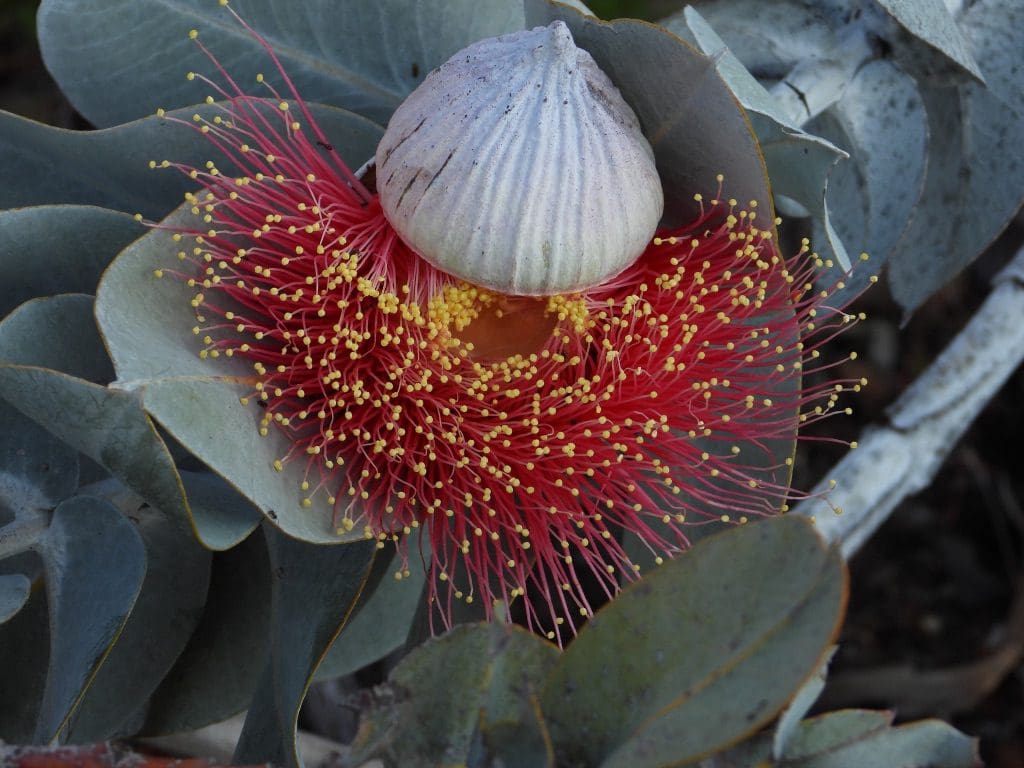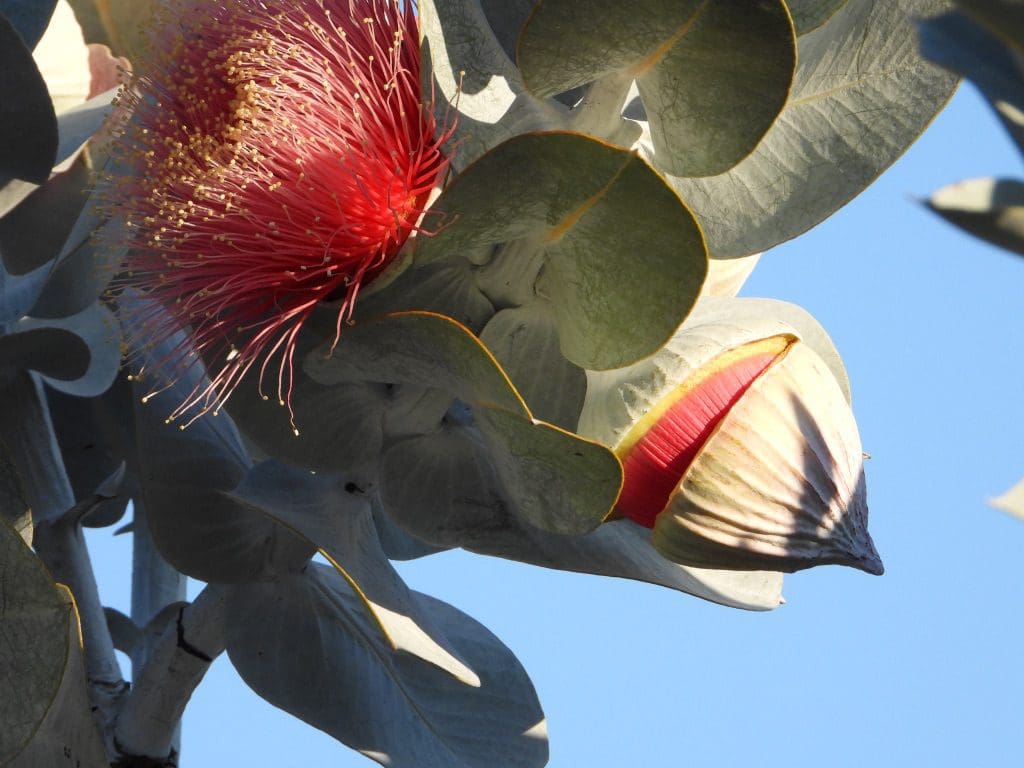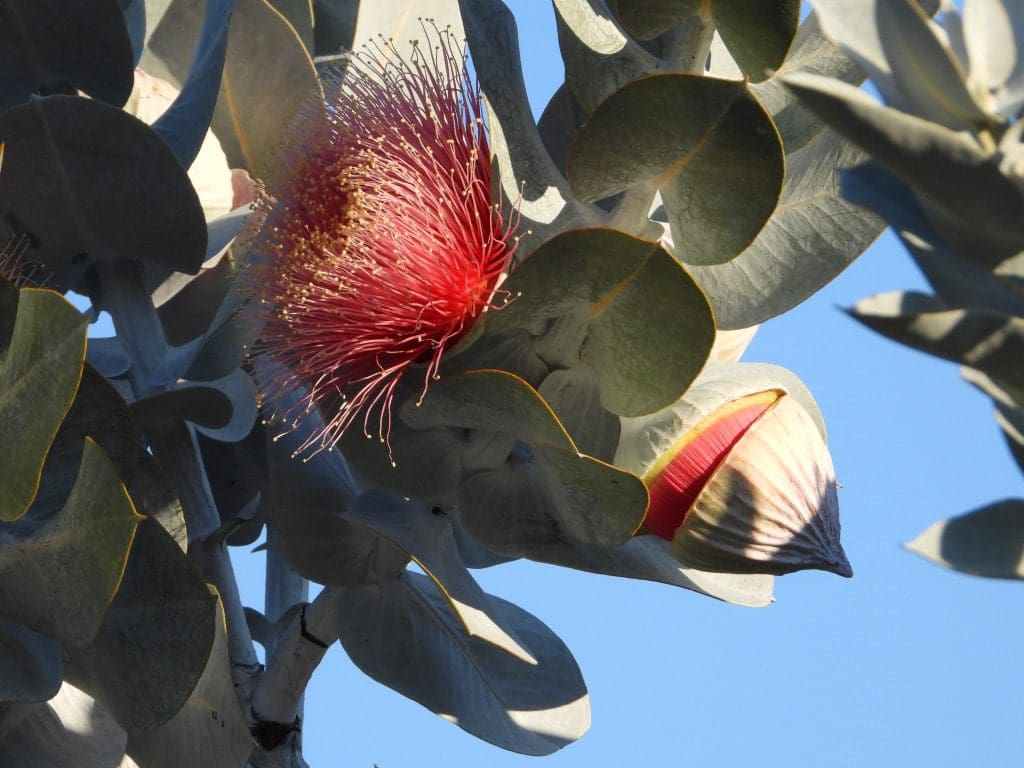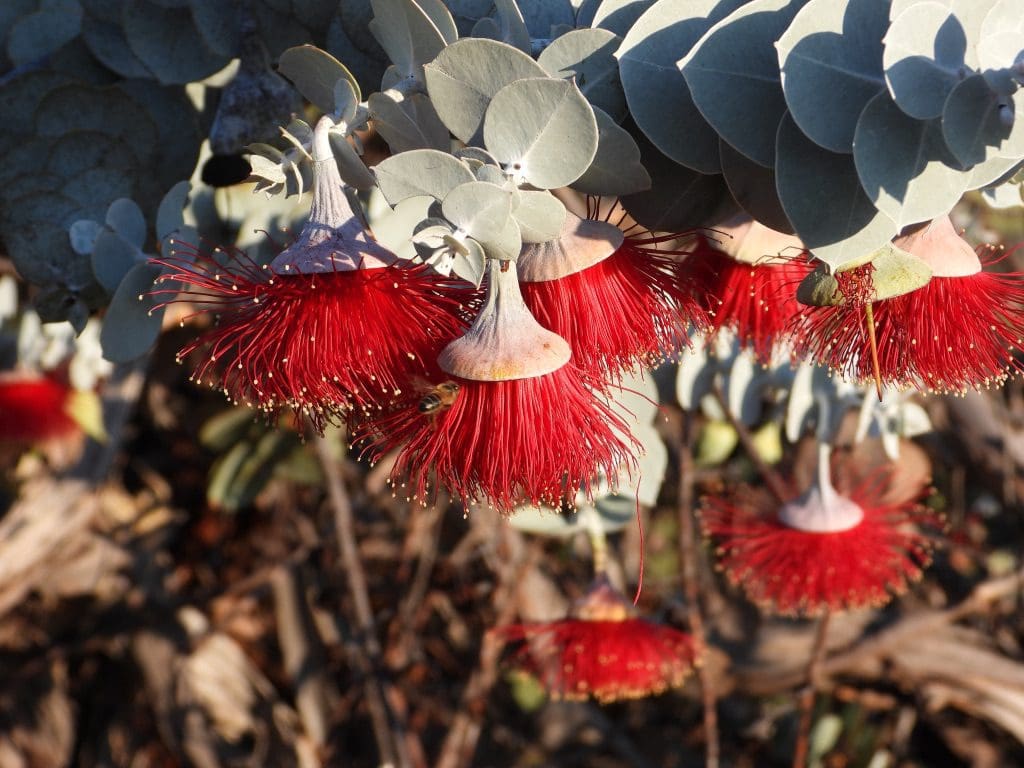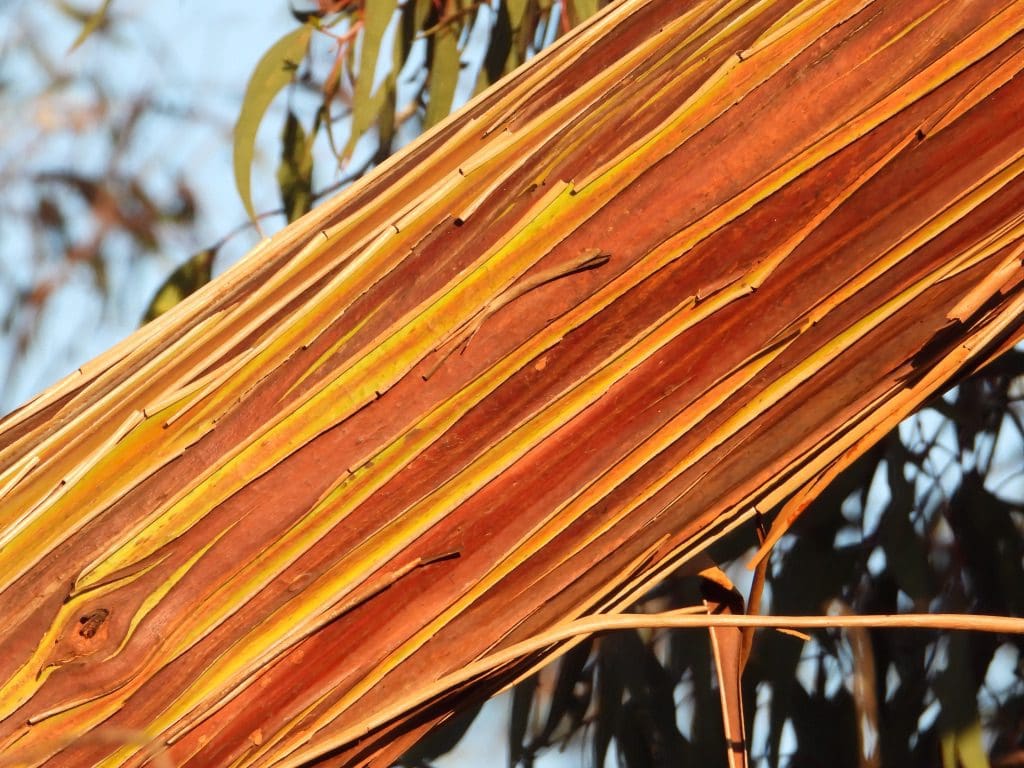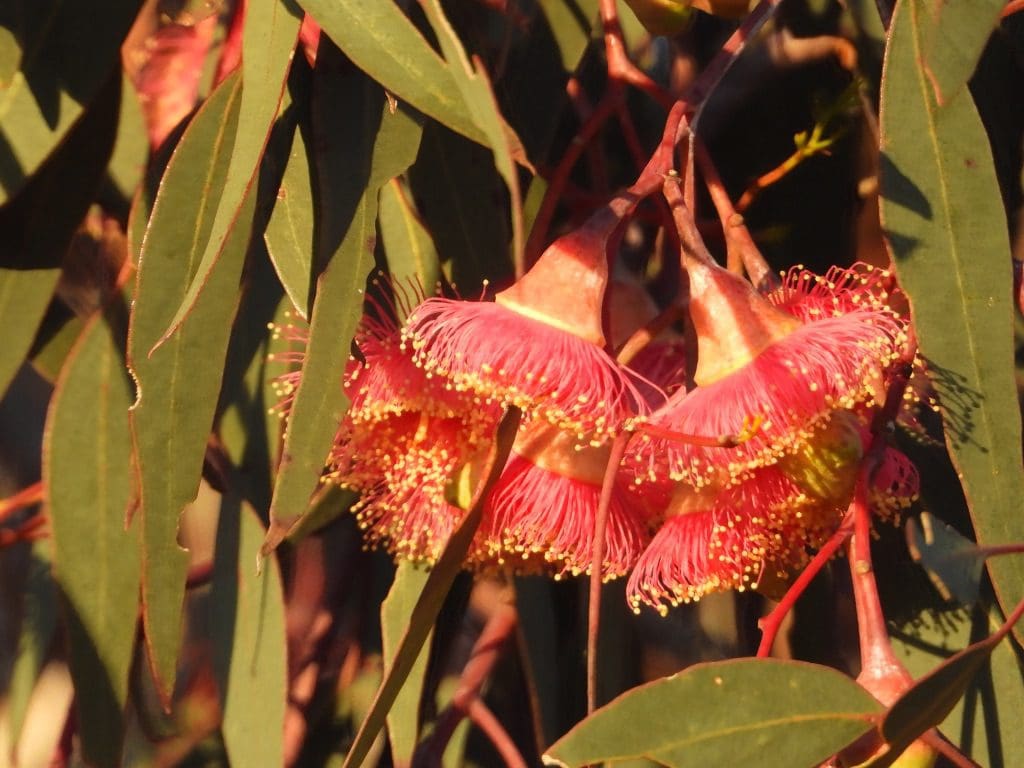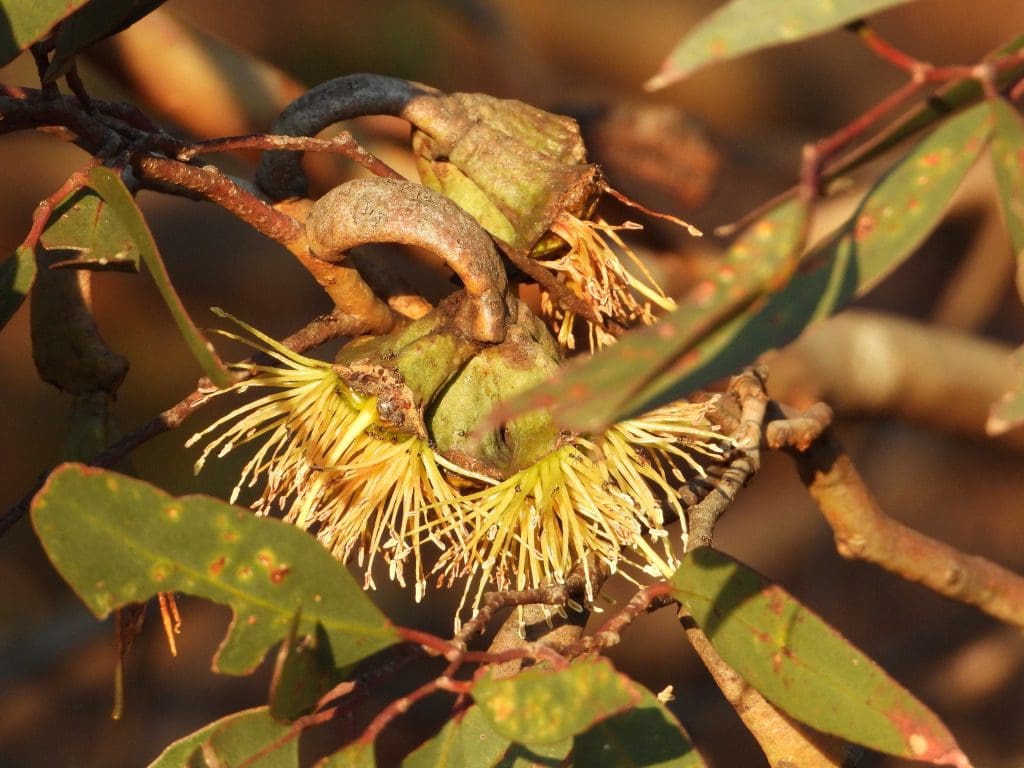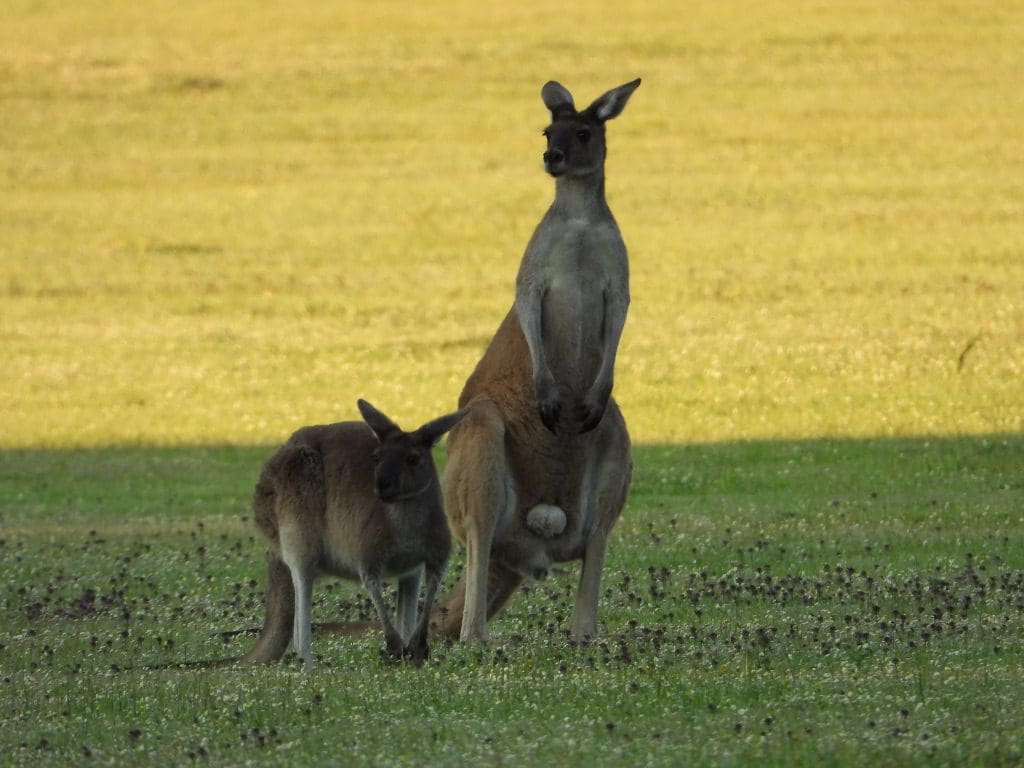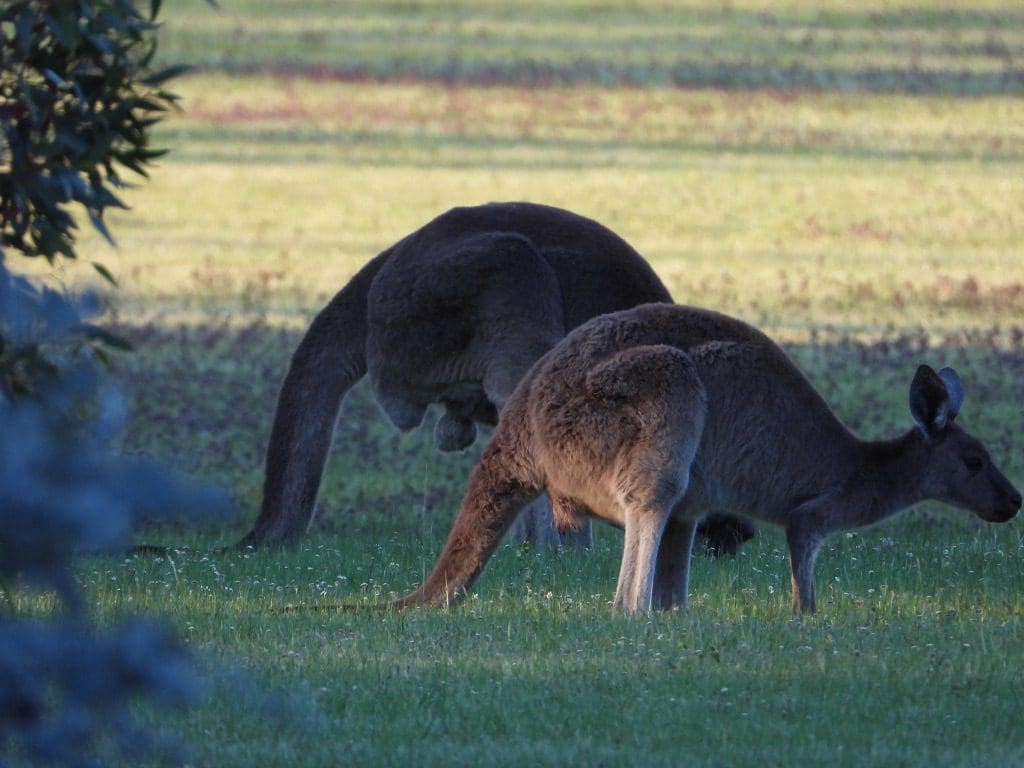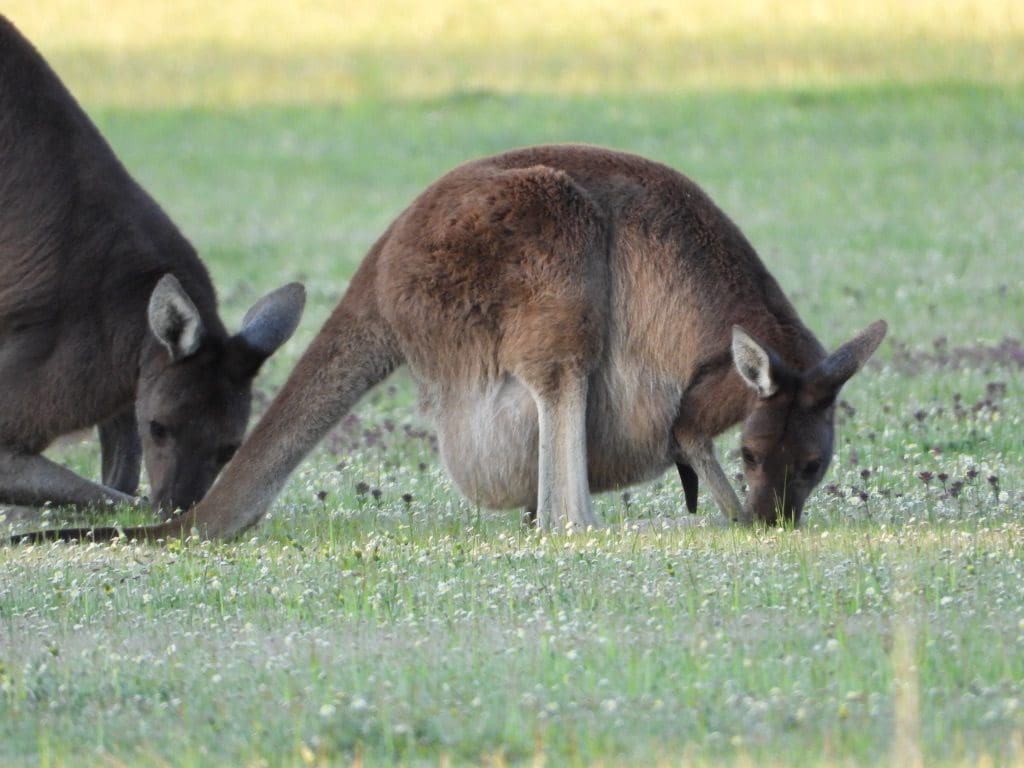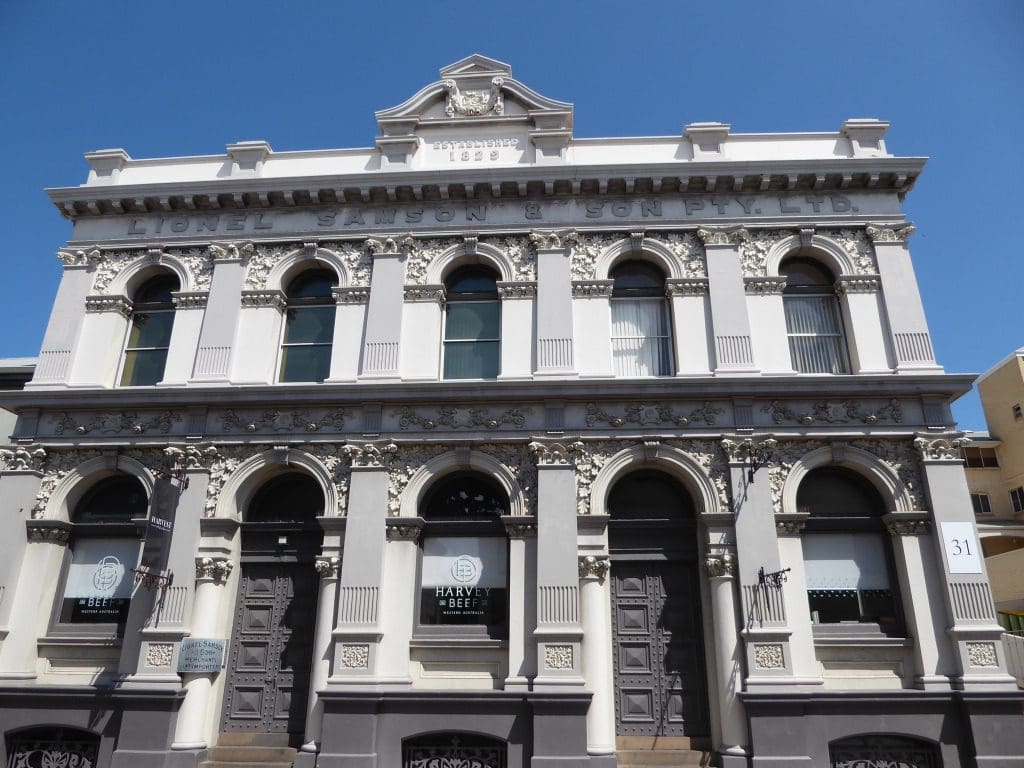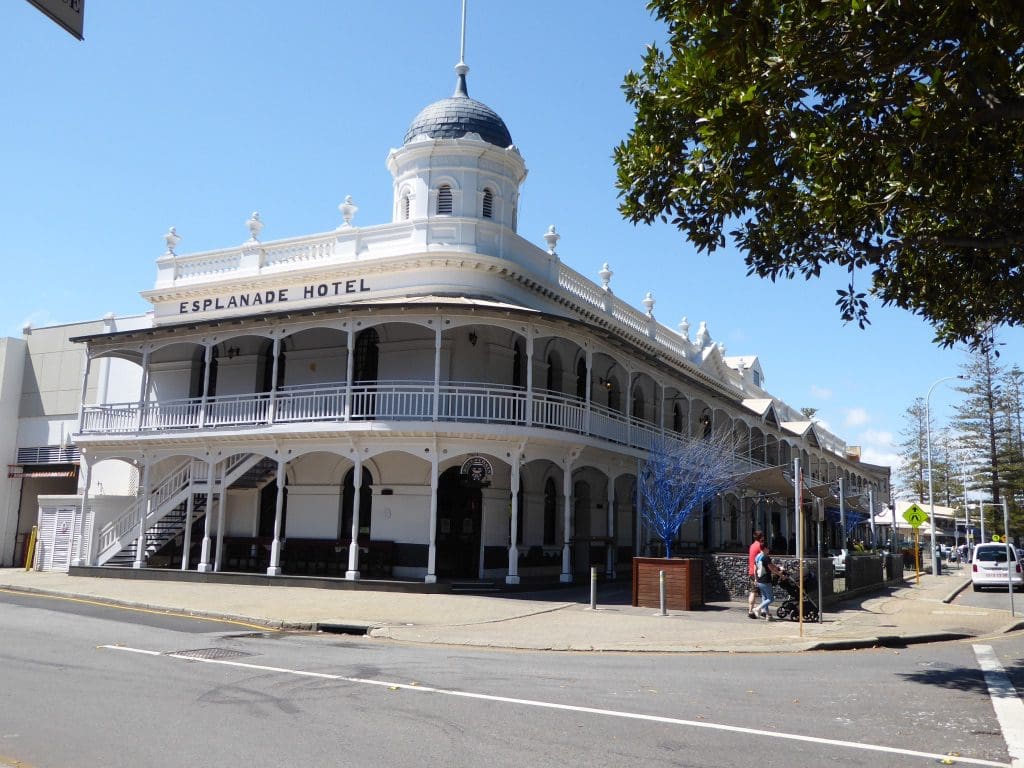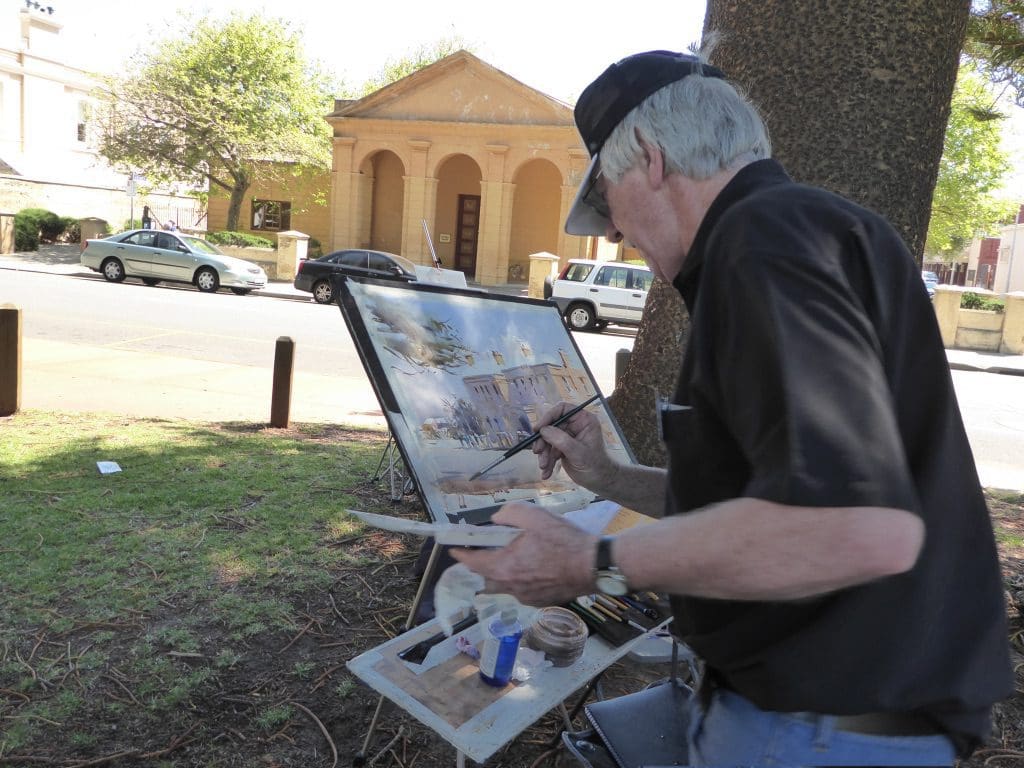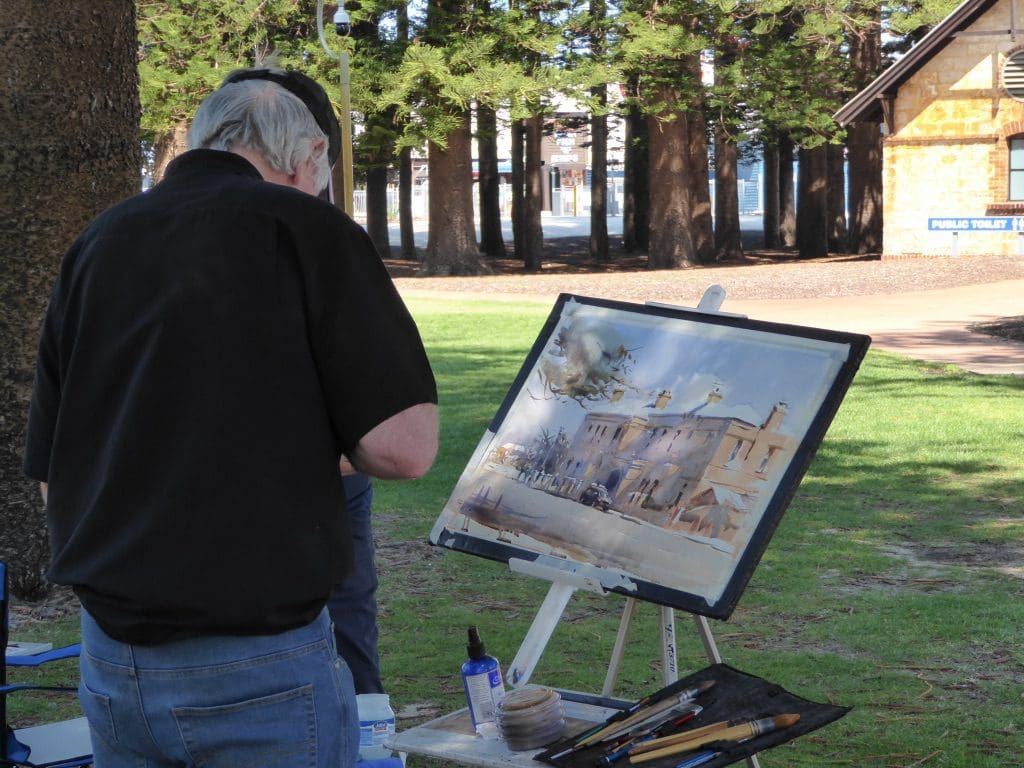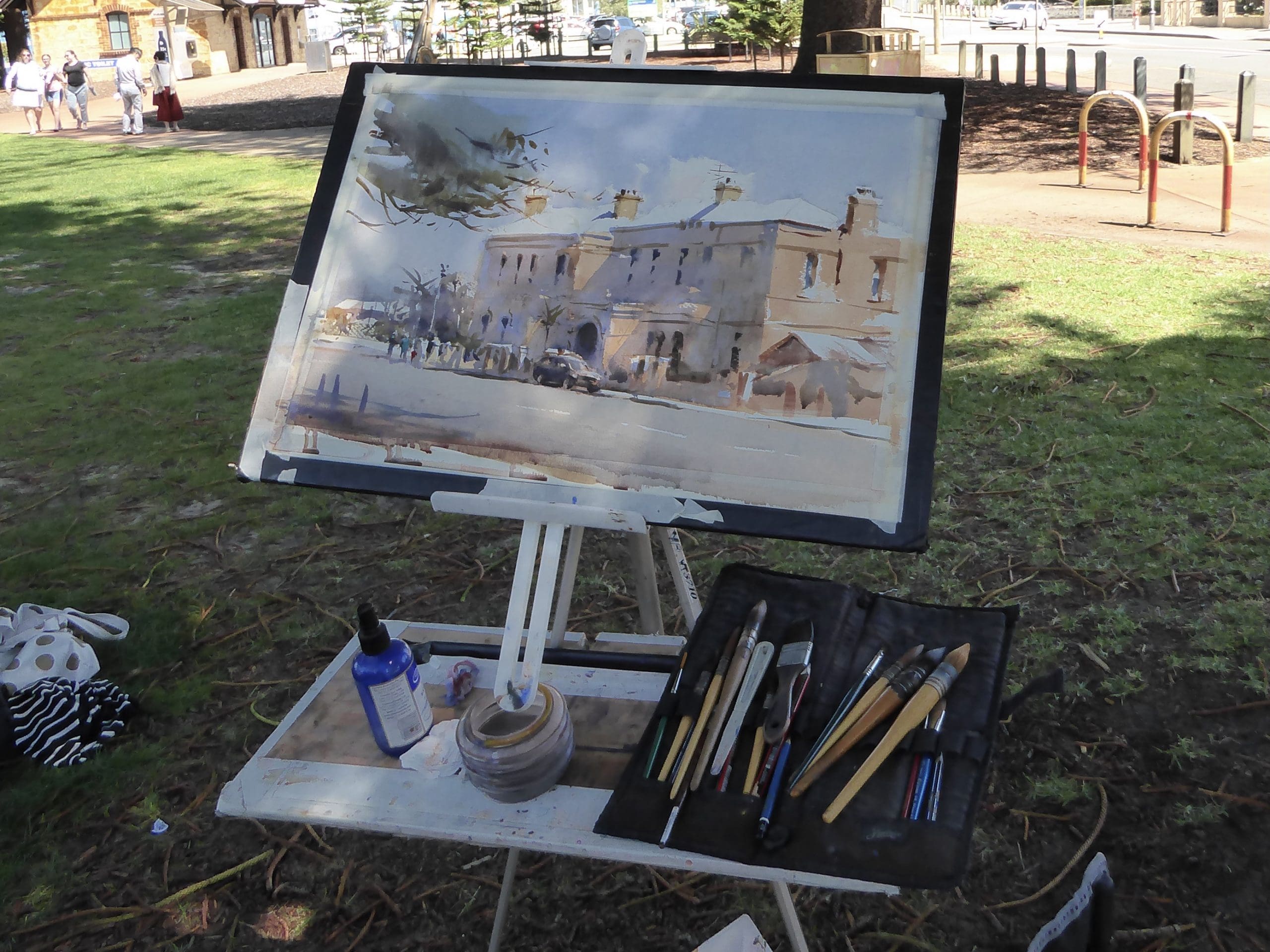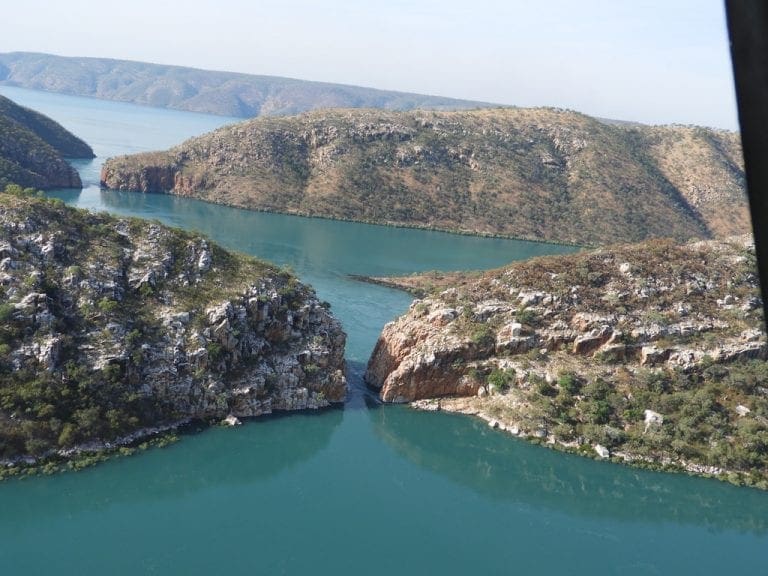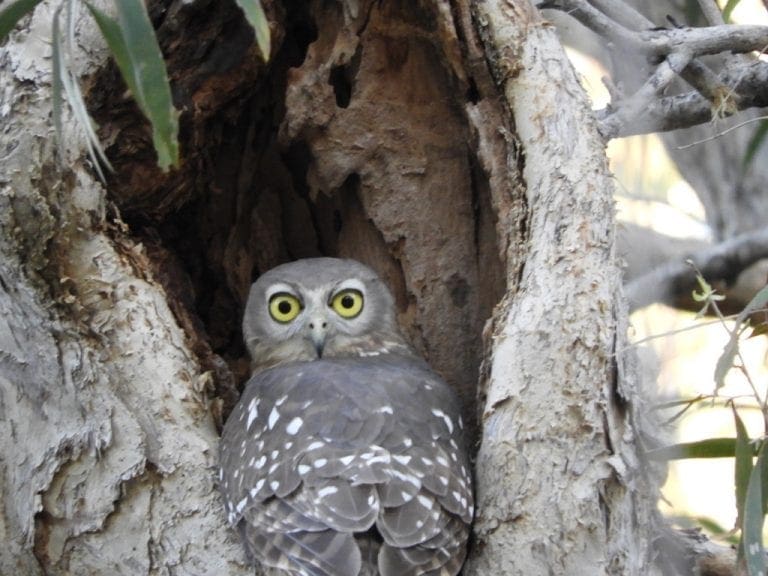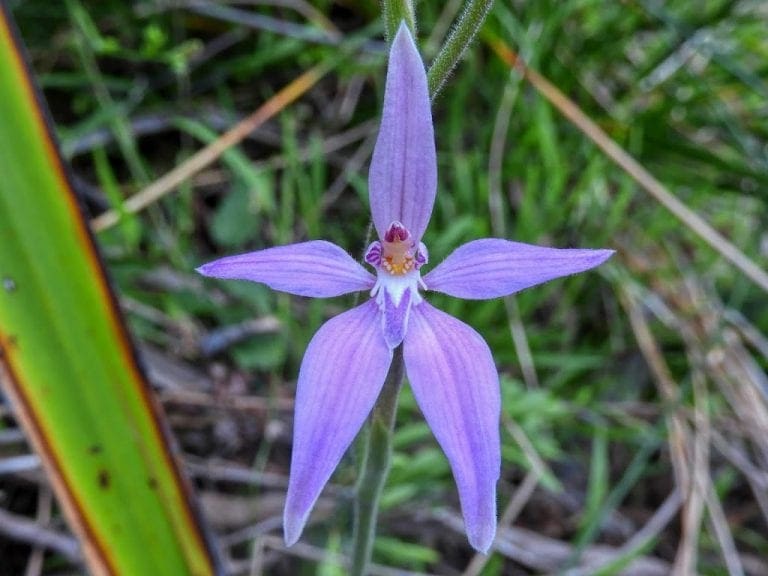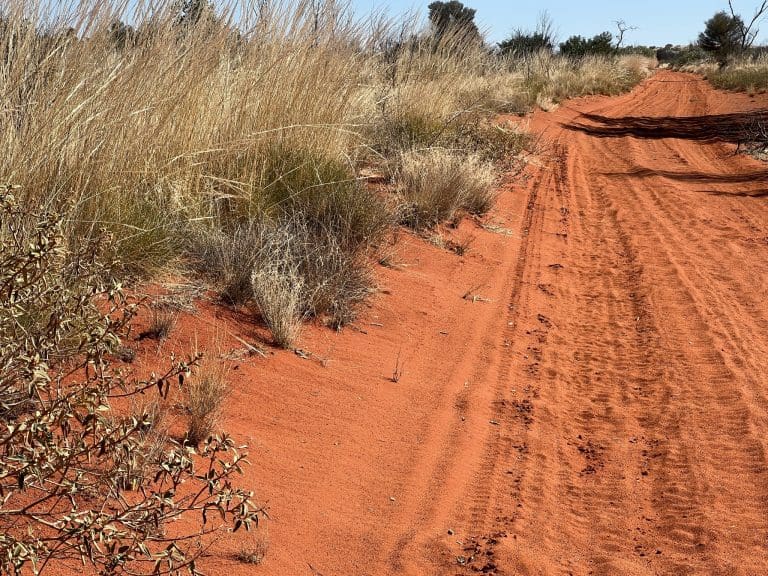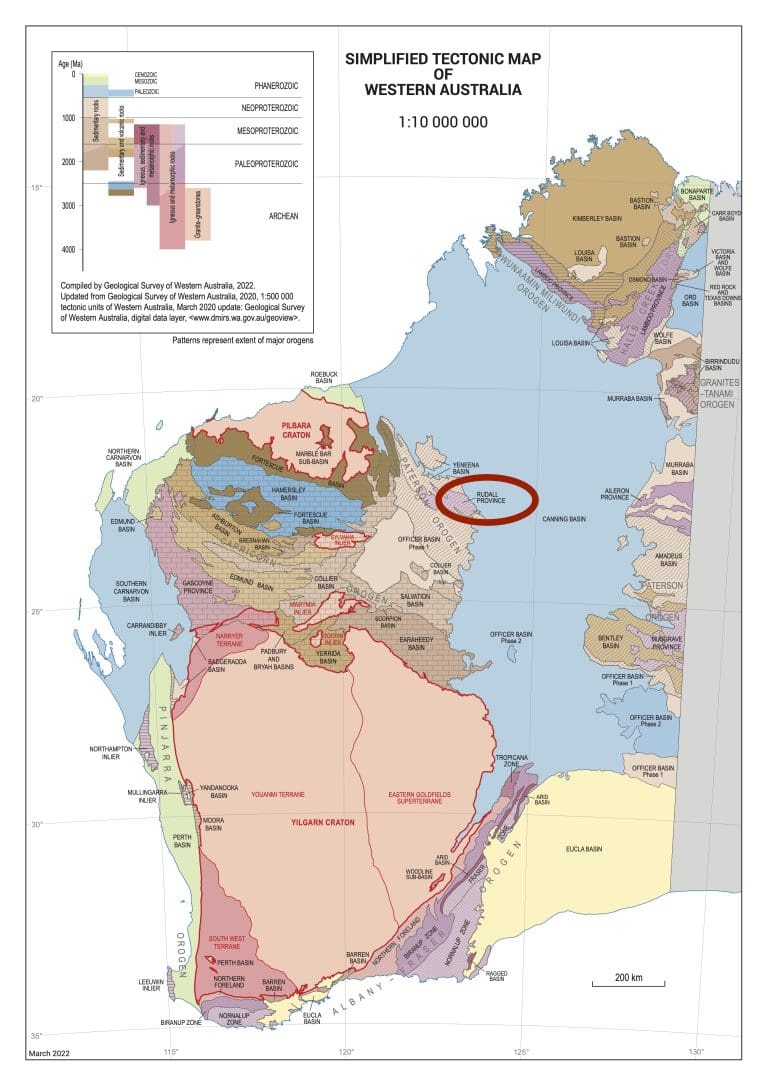Western Australia 2019 trip – week 5
Thursday 26 Sep 2019 Day 30. Today, we drove about 250km to our new place for three nights – Lions Dryandra Woodland Village. The drive through the kilometre after kilometre of badly treated wheatland was boring. We had lunch in Narrogin – which looked run down. We are again in an area with no mobile telephone infrastructure. Surprisingly, maybe, this vast area that seemingly contributes hugely to the Australian economy has been left out. Narrogin and Wagin both looked like towns from 50 years ago. Left behind.
Lions Dryandra Woodland Village is a tiny cluster of what were timber getters houses that have been modernised and are available for accomodation. There are many nocturnal animals in this woodland and we hope to see a few. Just on dusk a herd of about 50 kangaroos came out to graze on the green grass. Bush curlews called at dusk.
Friday 27 Sep 2019 Day 31. Went walked the 6.5km Woylie Walk through the Dryandra Woodlands through a spectacular set of wildflowers. We were extremely surprised at the size of the Dryandra shrubs – 3-4 m tall. The walk mainly followed 3 or 4 ridges – each with a different set of plants. The cutoffs between the Dryandra and the brown mallet eucalypt is abrupt. The soil is mainly a pale laterite and at one point we were on granite, Must of the laterite is a conglomerate and some might have been limestone. This is old geology. I took 137 photos on the walk. We have become entirely confused by the peas, have given up on the acacias and think that only the hakeas, dryandras and banksias are our friends. What a splendid place.
Tonight, we went to Barna Mia for the nocturnal animal experience. Barna Mia is 4 hectare enclosed space in which they have 25 individuals. The experience is to go to three little feeding stations, put out a little food and wait for the animals to come in for dinner. We saw Bilby * 3, Marla * 2, Boodie, Woylie * 2, Quenda and possum * 4. Very interesting to see these little fellows bouncing about. The Boodie and Woylie look remarkably alike. Most came into the first feeding station. One of the Marla came to all three stations. Very good.
Saturday 28 Sep 2019 Day 32, A shorter walk this morning – the Kawana Walk 3.3km which took us 2 hours and although I am wildflowered out, I still took 95 photos. Most of this walk is through brown mallet which does not allow an understory. One of the eucs (a white one) continues to put up a ring on new trees from old stumps. How old are these trees. We met a bloke who had just seen a numbat and was extremely excited. (Numbats are only out in the middle of the day. Their diet is termites – 20,000 a day and need a 50 hectare range. They a quite small and have no strength to dig for termites, so they wait for termites to be active and lick them up.).
A lot of hollows in dead timber being used everywhere over the last 8 days. We can certainly see the benefit of dead timber to the animals of the forest and to the forest itself.
I had this blog all ready to go. All the photos in and the text written. Just trying to add the top photo when I hit a wrong key, then a backspace, all the text and photos disappeared, the screen went blank and it saved itself. Wiping out the lot. I had a backup of the text to here. I will try to reconstruct. That makes me a tad mad.
Monday 30 Sep 2019 Day 34. We went for an interesting walk around Freo. Many interesting old buildings in the port area. Certainly a busy rich port. A highlight for me was being asked to be in a painting. We had just come around a corner and were about to cross a road when the bloke ran towards us waving and calling out. He wanted us to stay where were so an artist in the park opposite could paint us into his picture – he liked my green shirt. We are in the bottom left just above his hand.

I never did get back to that reconstruction. Too much happening when we returned to Wagga. Finally, I decided that I could not reconstruct the missing text, so I’ll give you a more extensive photo gallery.

